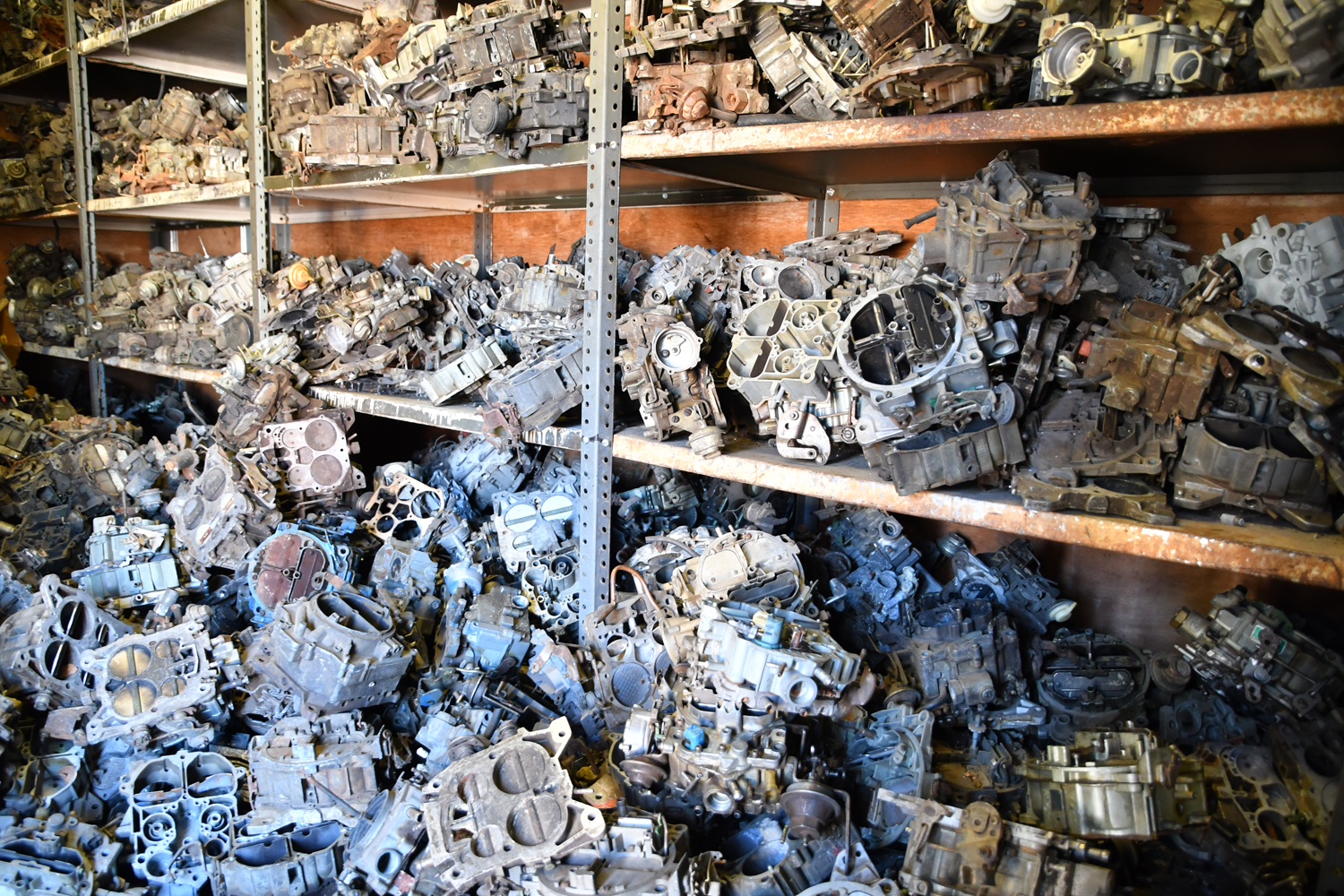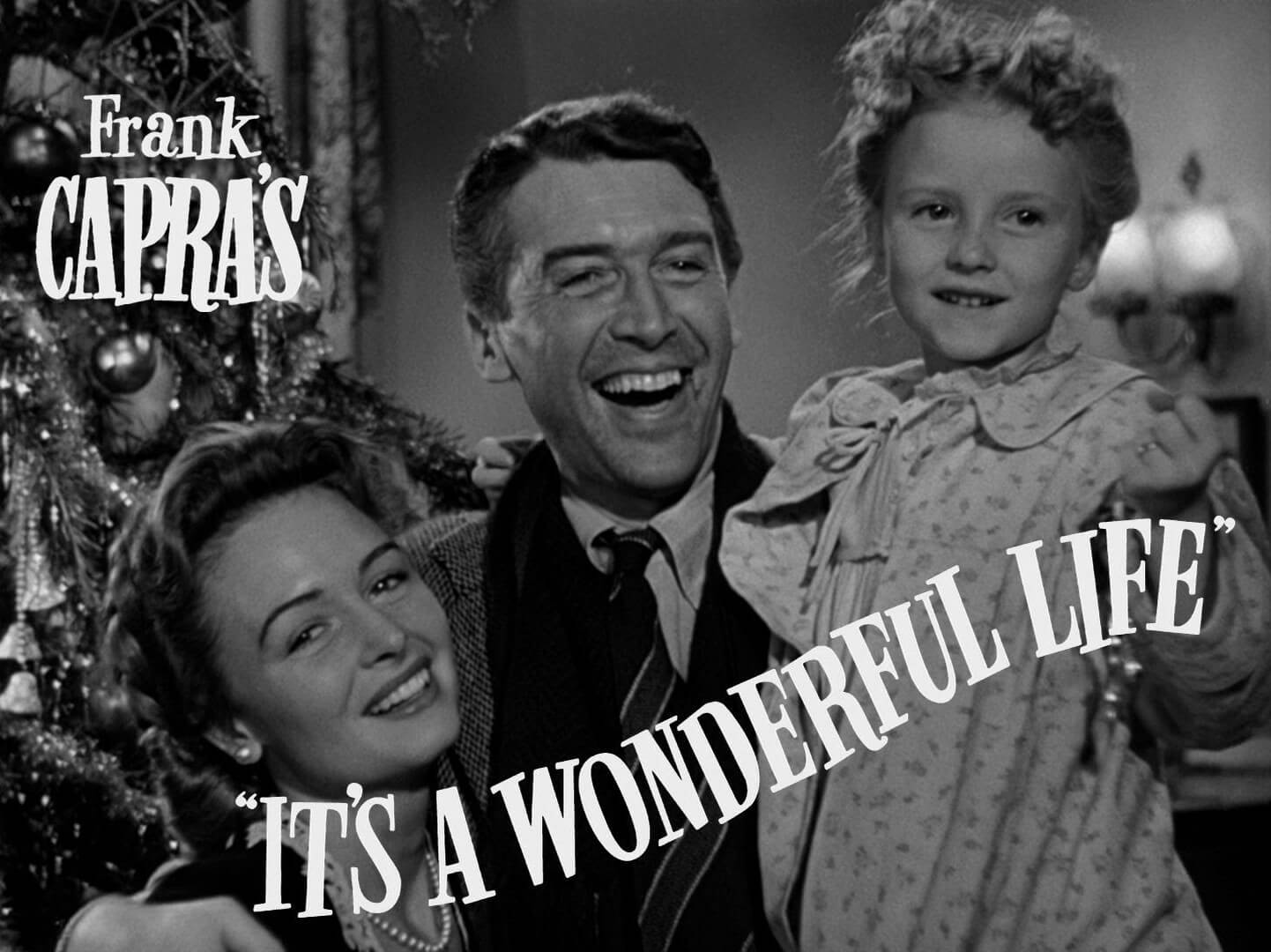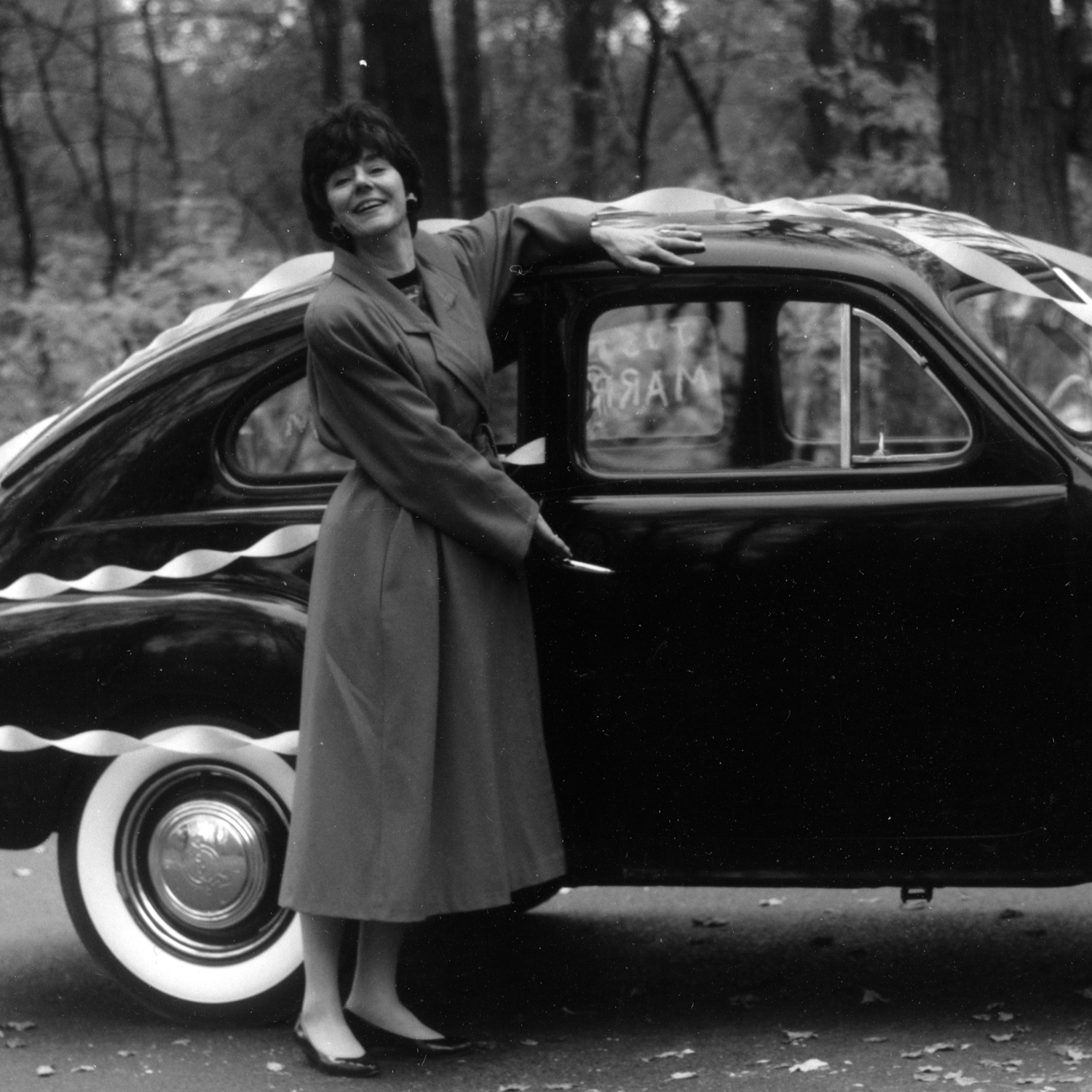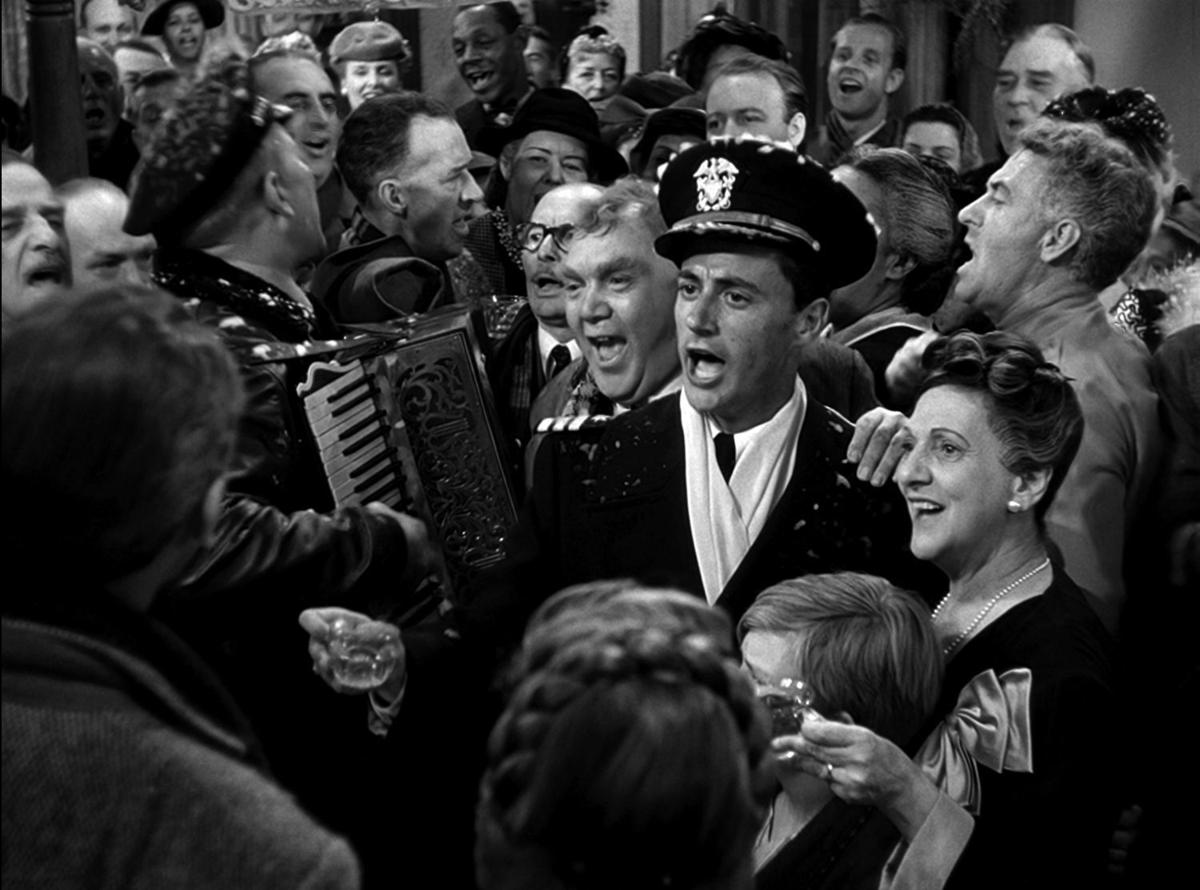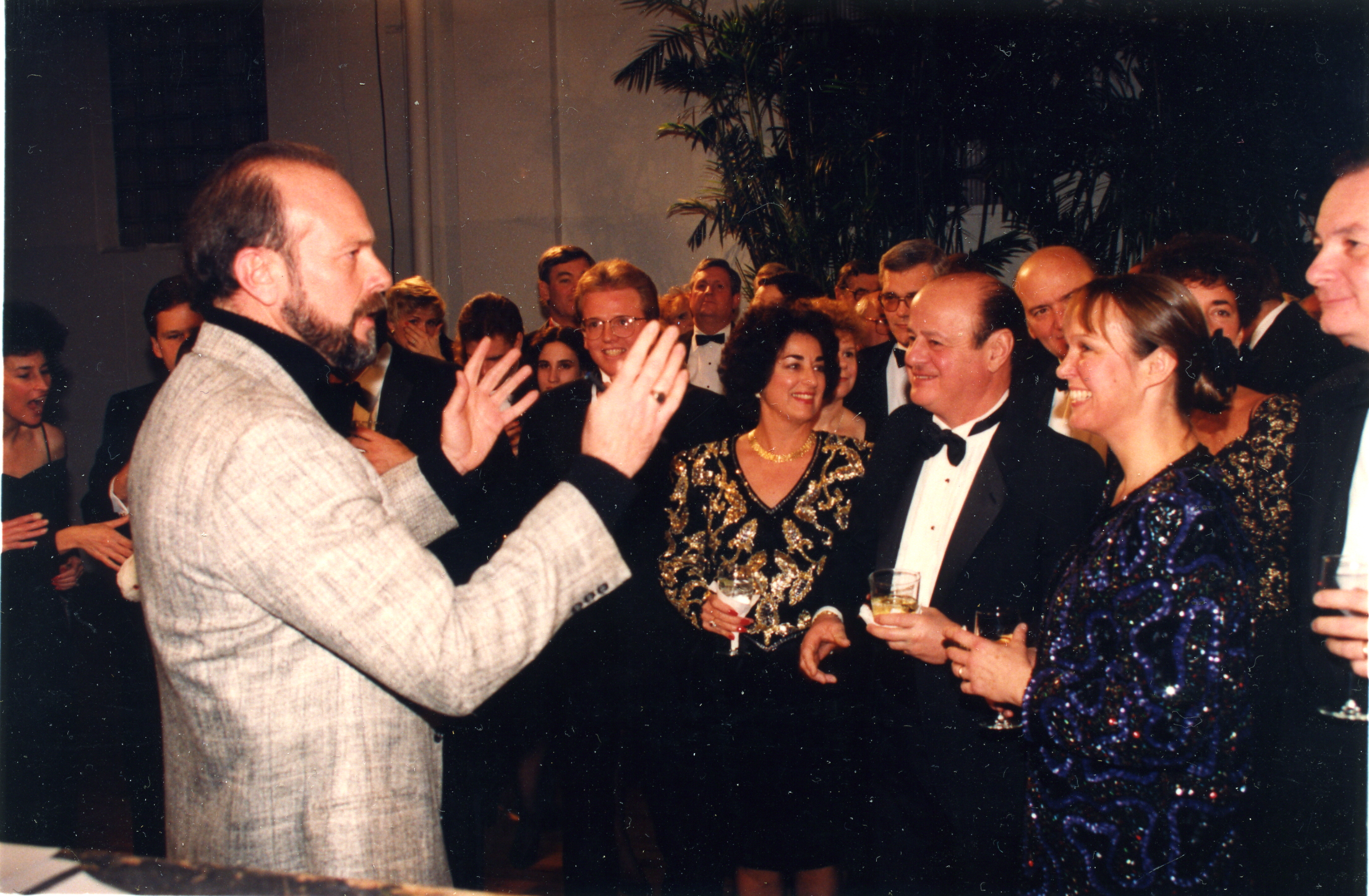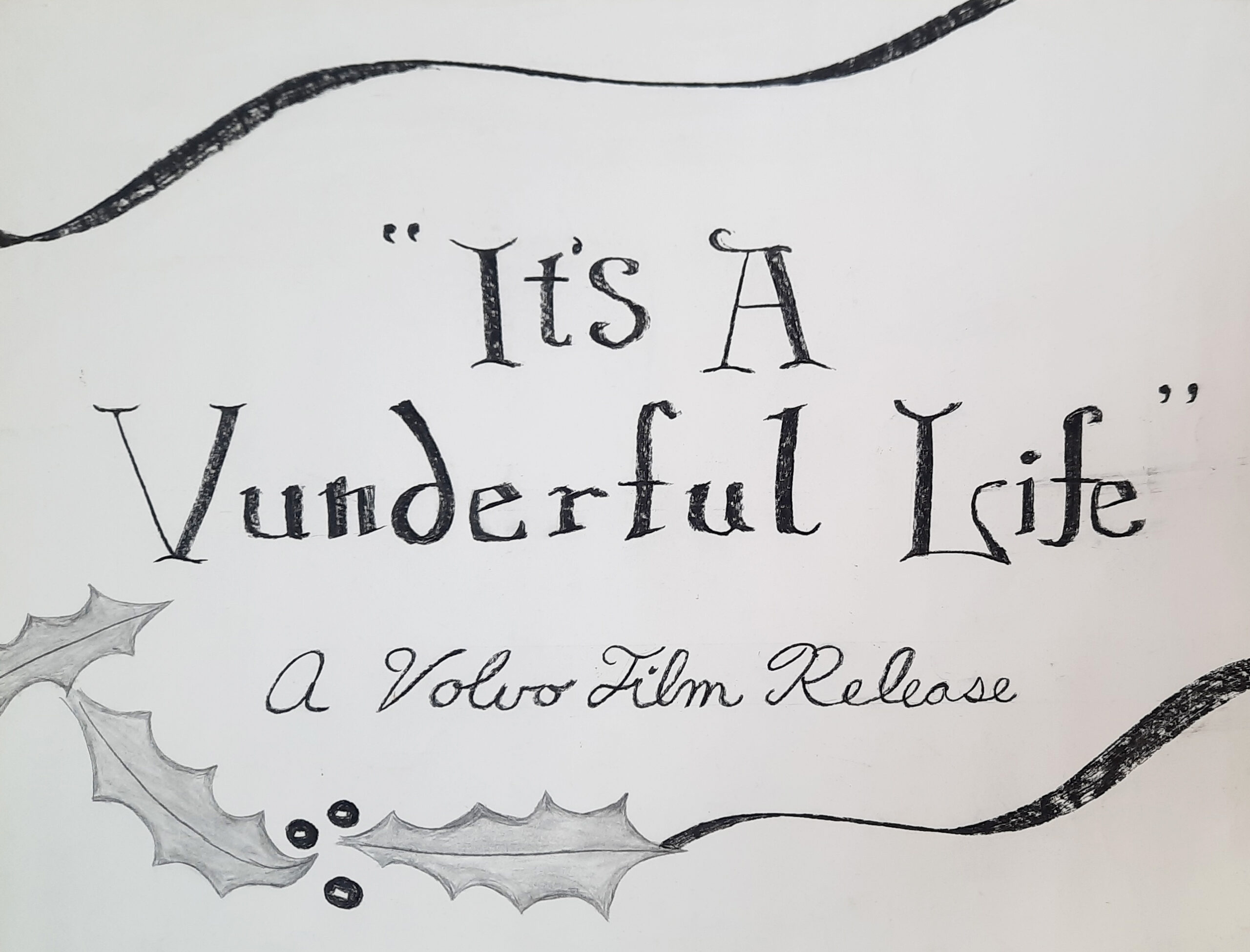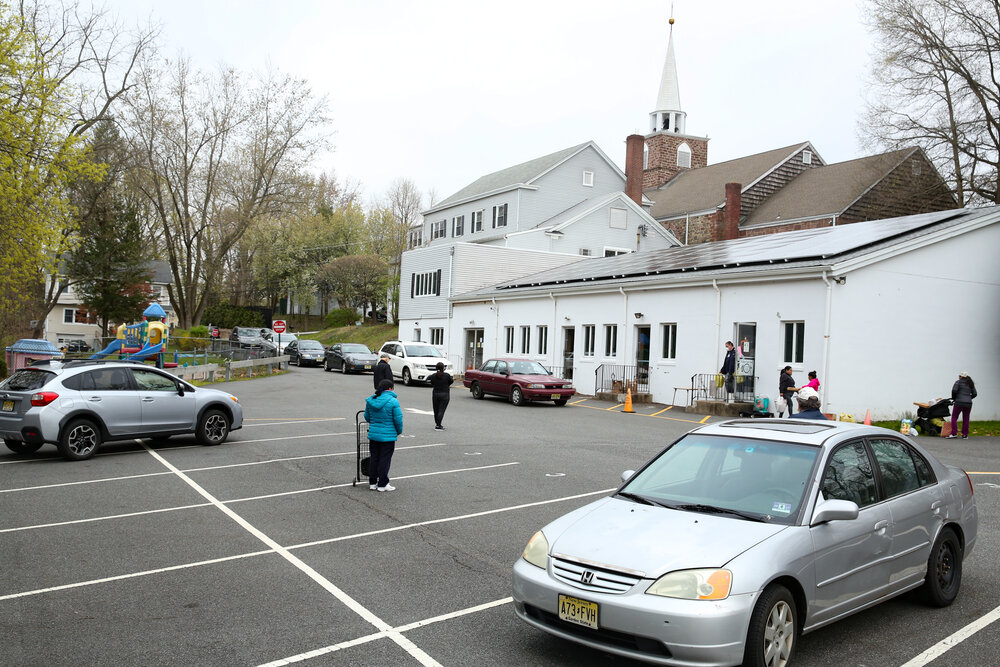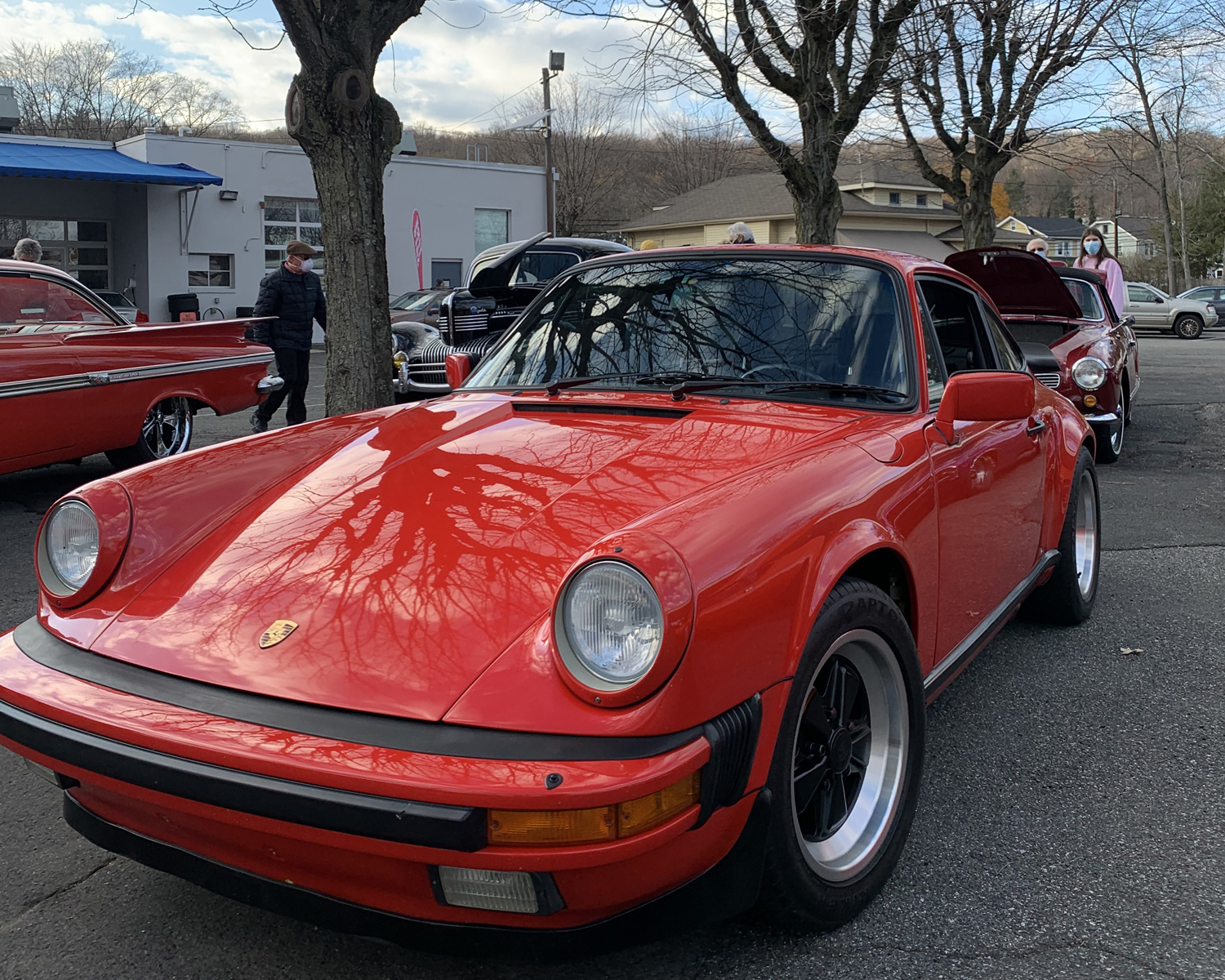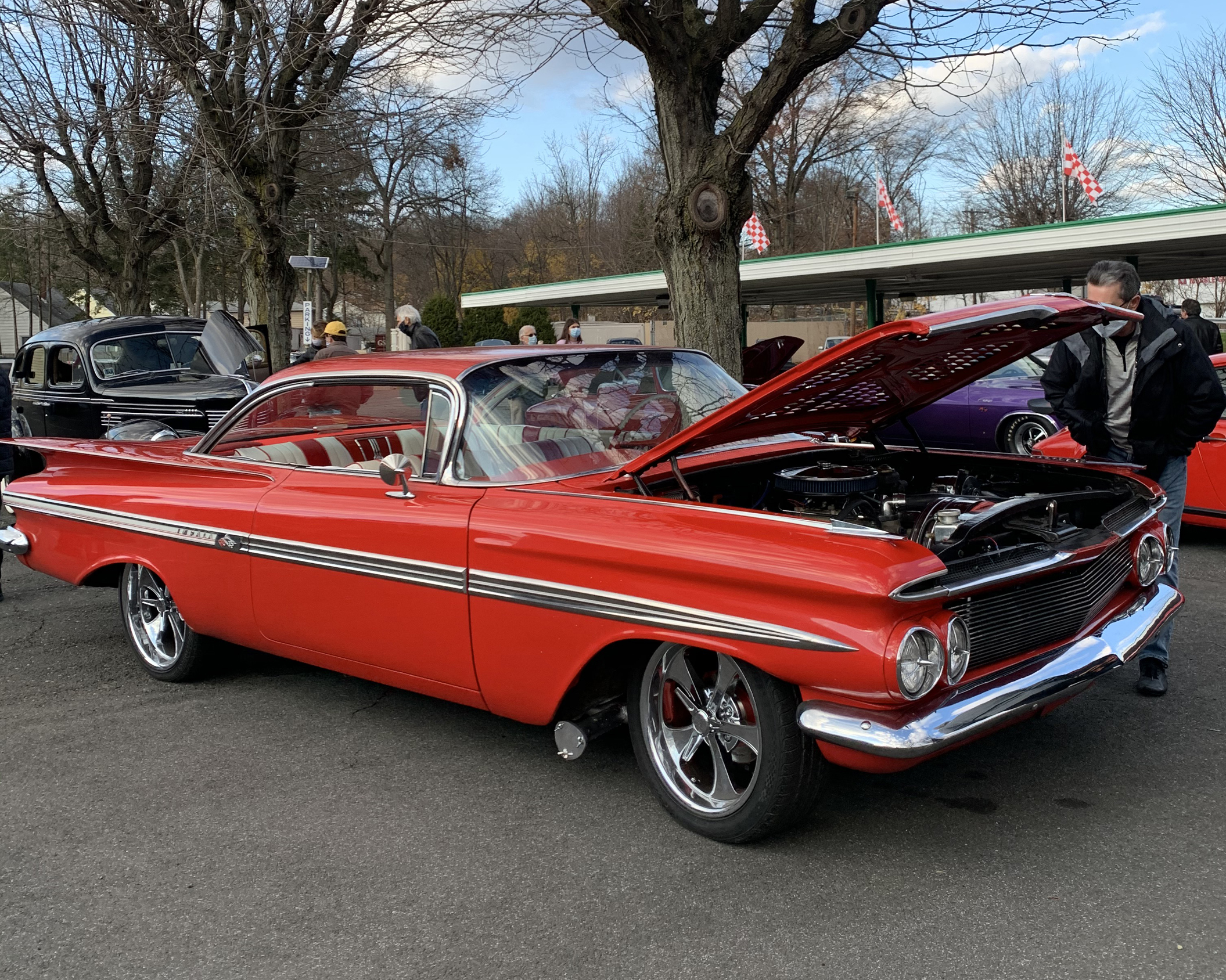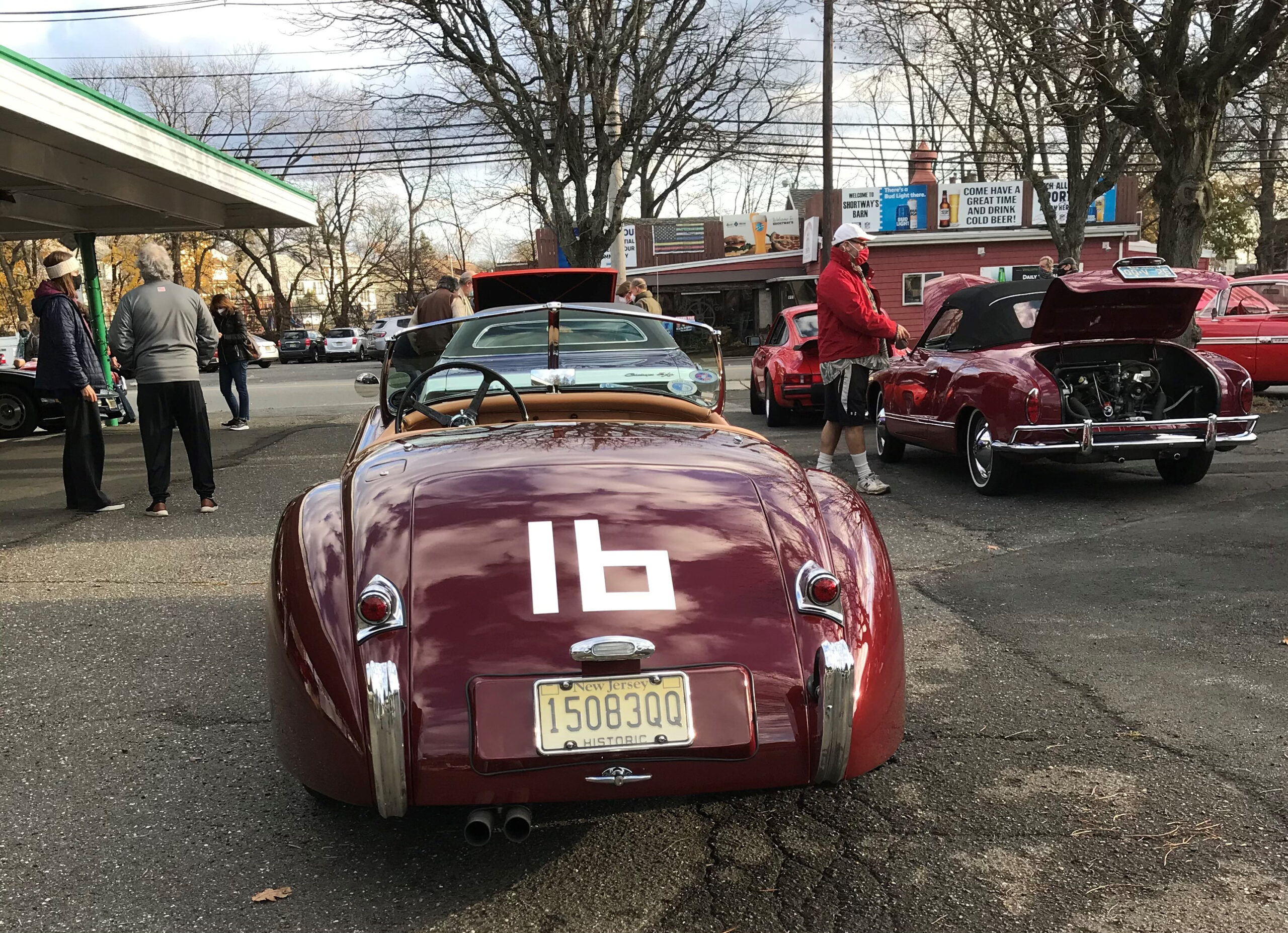Conversations With People We Value #18
My footsteps echoed off the walls of the long, mostly doorless hallway. Aged large format black & white action photos of vintage sports cars lined the walls and whet my already eager appetite for the experience that awaited. As a car guy and owner of a 1953 Jaguar XK120 my destination held great fascination for me. Summer of 2012 blazed outside as I came to make a pitch for the contract to digitize the thousands of original photographs, slides and films housed in the Jaguar Land Rover North American Archive. I would be meeting with Jaguar Land Rover Archivist and retired import car industry public relations legend Mike Cook and Assistant Archivist Fred Hammond.
Jaguar Archive – Preserving the soul of the brand
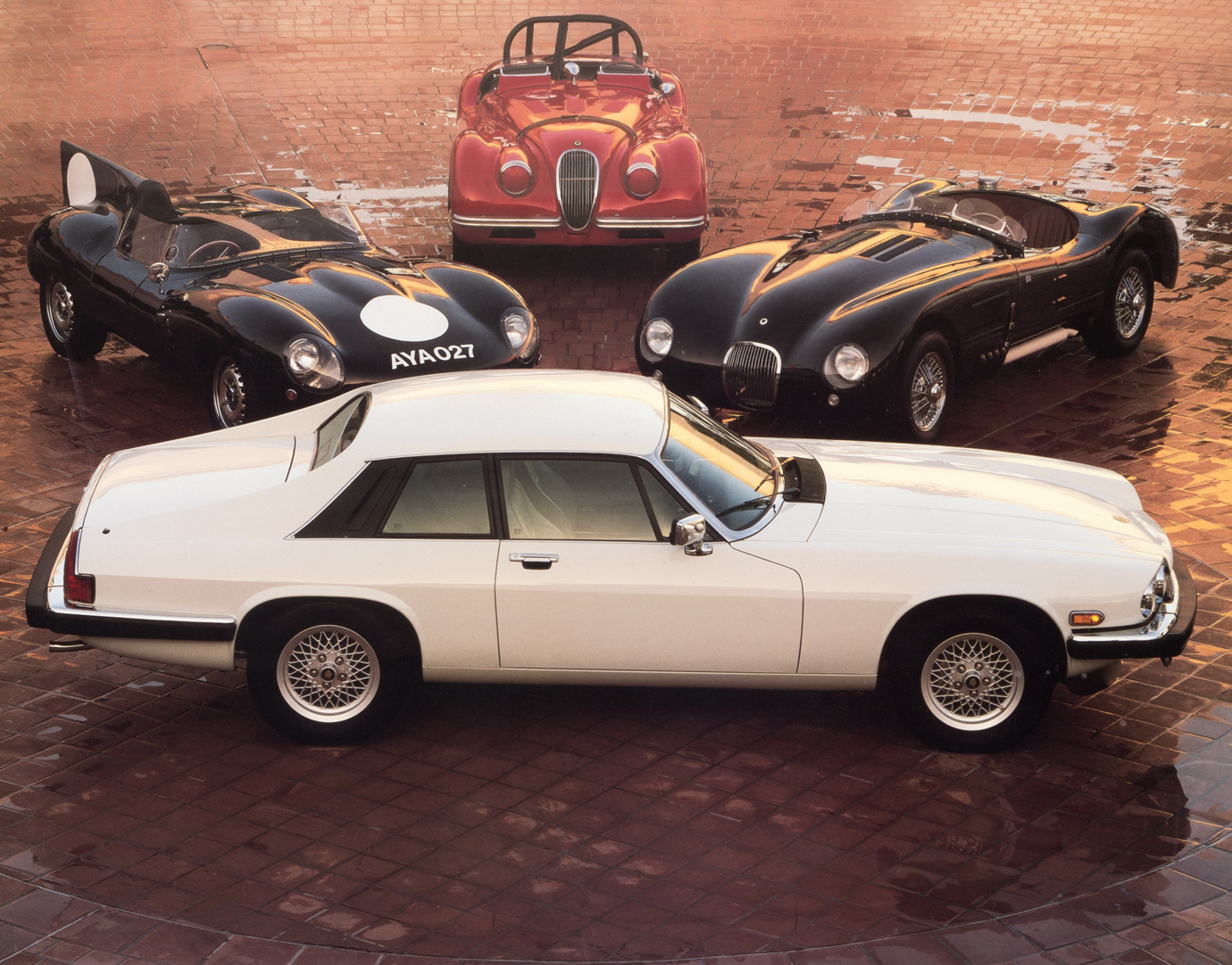
Mike Cook approached me flashing a ready smile and a genial demeanor as I entered the Jaguar Land Rover North American Archive. Mike could not have been a more gracious host as he guided me through the rows of files, shelves and cabinets. During my tour Mike took the opportunity to, in one single action, indelibly impress upon me the rich historic value residing within this treasure trove of 20th Century British automotive print, film, photography and documents.
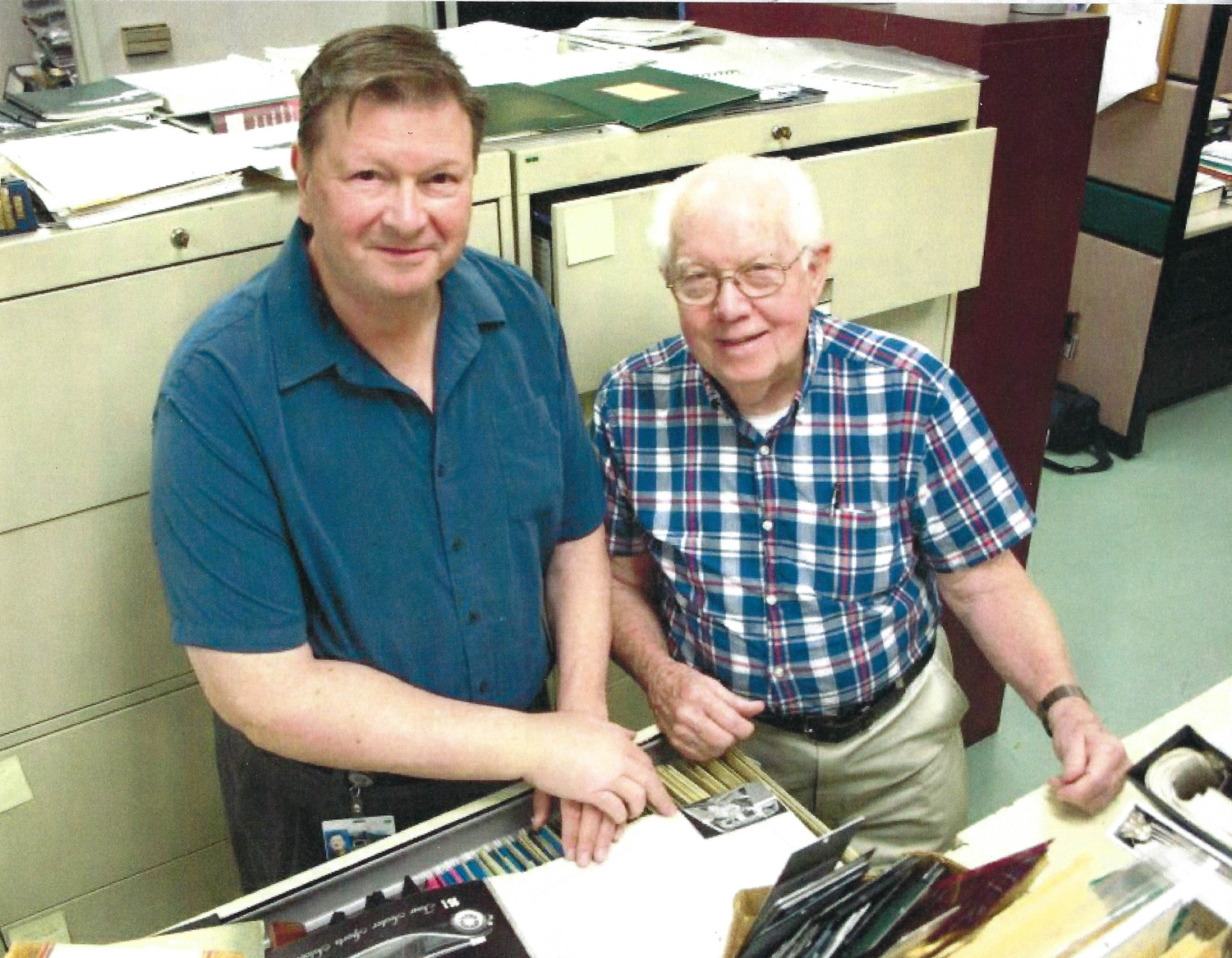
Fred Hammond Mike Cook
As a side note, while Land Rover is included in the Archive title, it has a significantly smaller presence than Jaguar as it was only added to the Archive around 2008. From here on Jaguar will be the focus.
Turning to the large open floor of the archive’s main room, Mike spread his arms open to the room and instructed me to pick any cabinet, open any drawer, pull out any file and remove any document and then said, “tell me what you found.” I did just that.
With the resulting file in hand, I removed two slips of paper.
Inspecting the first slip of paper revealed a letter written around 1957 from Sir William Lyons to another “Sir” explaining his great relief that “this unpleasant business” of wresting control of Jaguar distribution in America from Mr. Hoffman, referring to the notorious Max Hoffman, had been concluded.
The second slip of paper could not have been more historically significant. It was a telegram sent from home office shortly after the tragic events at the 24-hours of Le Mans in 1955, which Jaguar won. It instructed the North American office that Jaguar would neither promote nor advertise its victory at Le Mans.
Both documents, though brief, delivered powerful insights into life in the mid-20th century North American automobile business and powerful reminders of real life events in the automotive world that possessed industry and international significance. Wow, all in just one folder.

1948 New York Auto Show First U.S. showing of XK120
Viewing its rows of closed drawers and shut cabinets made clear that an archive differs significantly from a museum. Rather than an interactive visual display, an archive offers a thoughtfully curated comprehensive brand reference resource. It offers a place to conduct research and disseminate information. Jaguar’s North American Archive contains documents, data and materials all designed to provide a detailed and nuanced understanding of the company from its introduction in the North American market in the late 1940s through the current day. Its second component, a huge technical reference library represents a priceless resource for maintaining, servicing, preserving and restoring Jaguars. The archive gets calls from repair shops looking for specific information. A shop undertaking a ground-up restoration may need to know at what VIN# a change was made. A hobbyist doing his or her own work may want to know if the engine in an E-Type could be removed without the transmission. FYI: the answer is no.
As I witnessed when watching Mike and Fred in action, calls to the Archive were warmly received, treated with a sincere commitment to provide a correct answer, and, the conversation is free.
Having been awarded the contract, I enjoyed the opportunity to explore and marvel at the Archive contents for years and subsequently become a friend of the Archive. In my involvement, I found equally impressive the encyclopedic automotive knowledge of Mike and Fred, not just for Jaguar, but for the industry as a whole. At times I would be present when they would get into recalling the fine details of automotive or racing events in witnessed in their teenage years from 40 or 50 years prior. No archive much less a Jaguar Archive could be in better hands than those of Mike Cook and Fred Hammond.

Group 44 jaguar XJR-5
In 2018 Mike, then in his mid-80s passed away. A bright, fun loving car enthusiast with an acknowledged special love for all things Triumph brought an enormous knowledge of the British car industry in North America to the Archive. He started in the British car industry in the mailroom of Standard Triumph in 1958. He retired as Vice President of Public Relations for Jaguar Cars in 1990. He became archivist for Jaguar in 1990. In 2017 Mike was inducted into the British Sports Car Hall of Fame.
Fred Hammond who succeeded Mike as Jaguar Archivist holds Mike in very high esteem. Fred first met Mike when Fred, fresh out of college in 1973, began working at British Leyland Motors. In recalling the qualities Mike brought Fred says, “Mike was a mensch, honest, giving, caring, smart, reasonable and sincere. And the Archive reflected his personality, serious but not taken with itself.”
Today, Fred brings those same qualities in keeping the Archive active and available despite Covid restrictions. Fred with his vast wealth of product knowledge and commitment to the Jaguar brand and the Jaguar owner has kept the Archive active and available to all requests even when required to work from home. Fred says, I believe it is imperative that the marketplace and especially our owners have confidence in our presence and know that, even in these challenging times, the flag is still flying.”
Fred points out that a significant difference exists between the North American Jaguar Archive and the Jaguar Heritage Trust in the United Kingdom. Fred says, “The UK archives specifically focus on what happened in the UK in the home market at the factory. In North America Jaguar served as a marketing arm with enormous freedom to create our own advertising, literature, public relations imagery. Our focus targets preservation of that body of work.
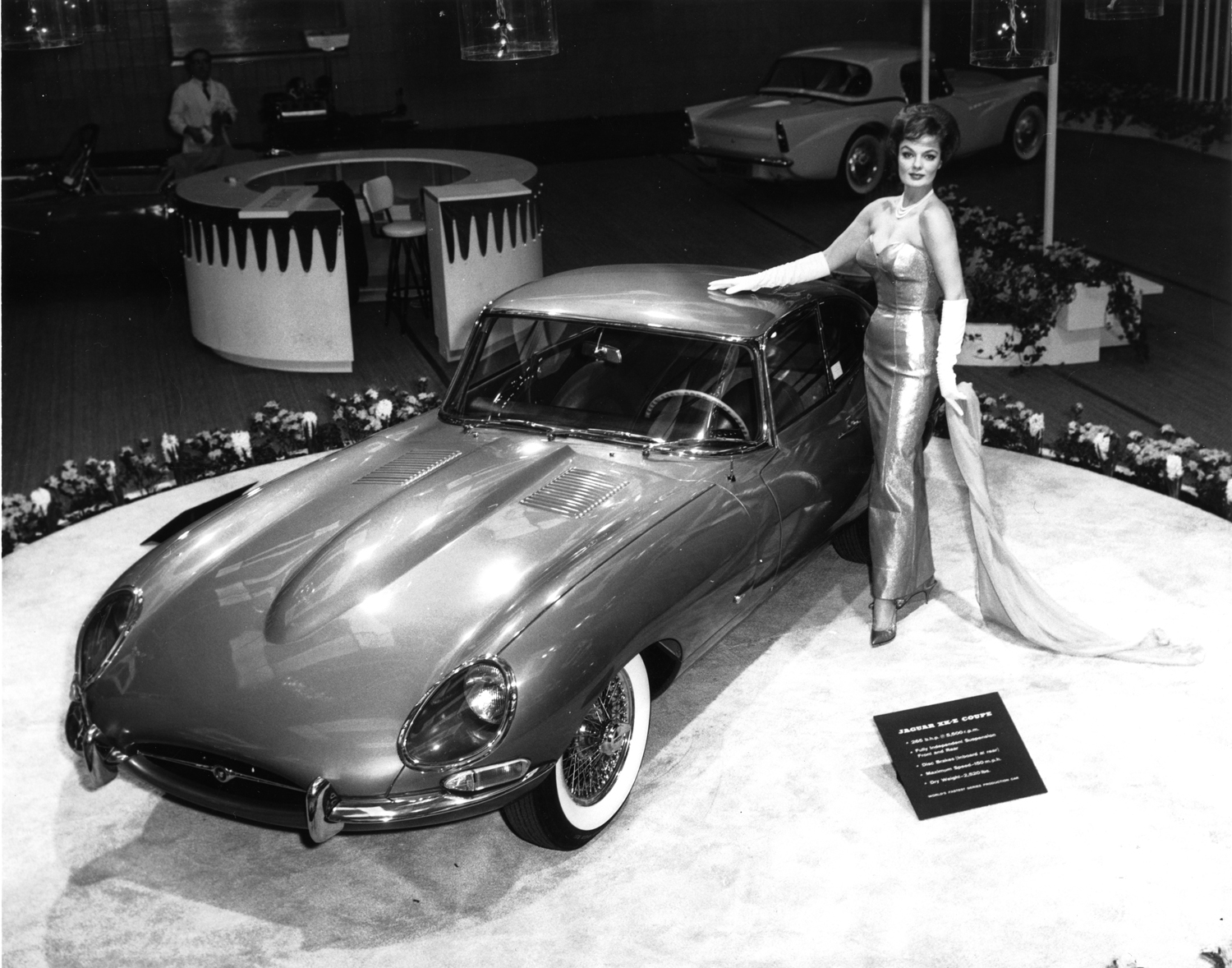
1962 New York Auto Show U. S. reveal of E-Type
A legion of users take advantage of the Jaguar Archives easy access and vast resources. Owners of individual vehicles, all forms of media, buyers and sellers even the police turn to the Archive.
Fred says, “The most consistent requests we get revolve around histories of individual vehicles.” Having a chassis number, an owner will call looking for the vehicle build date. Others call seeking to identify the proper engine or transmission number.”
A gentleman in Texas has six huge barns filled with Jaguar bits and pieces, chassis, engines and transmissions. He tries to reunite cars with their correct individual components after having been acquired dismantled. He will call for information on a specific chassis number or with just an engine number. The Archive can then provide the other corresponding numbers. Fred says, “We are pleased to respond to these requests. That’s why we are here.”
If someone is buying a Jaguar or looking to sell a Jaguar they may call to confirm that the car has matching numbers.
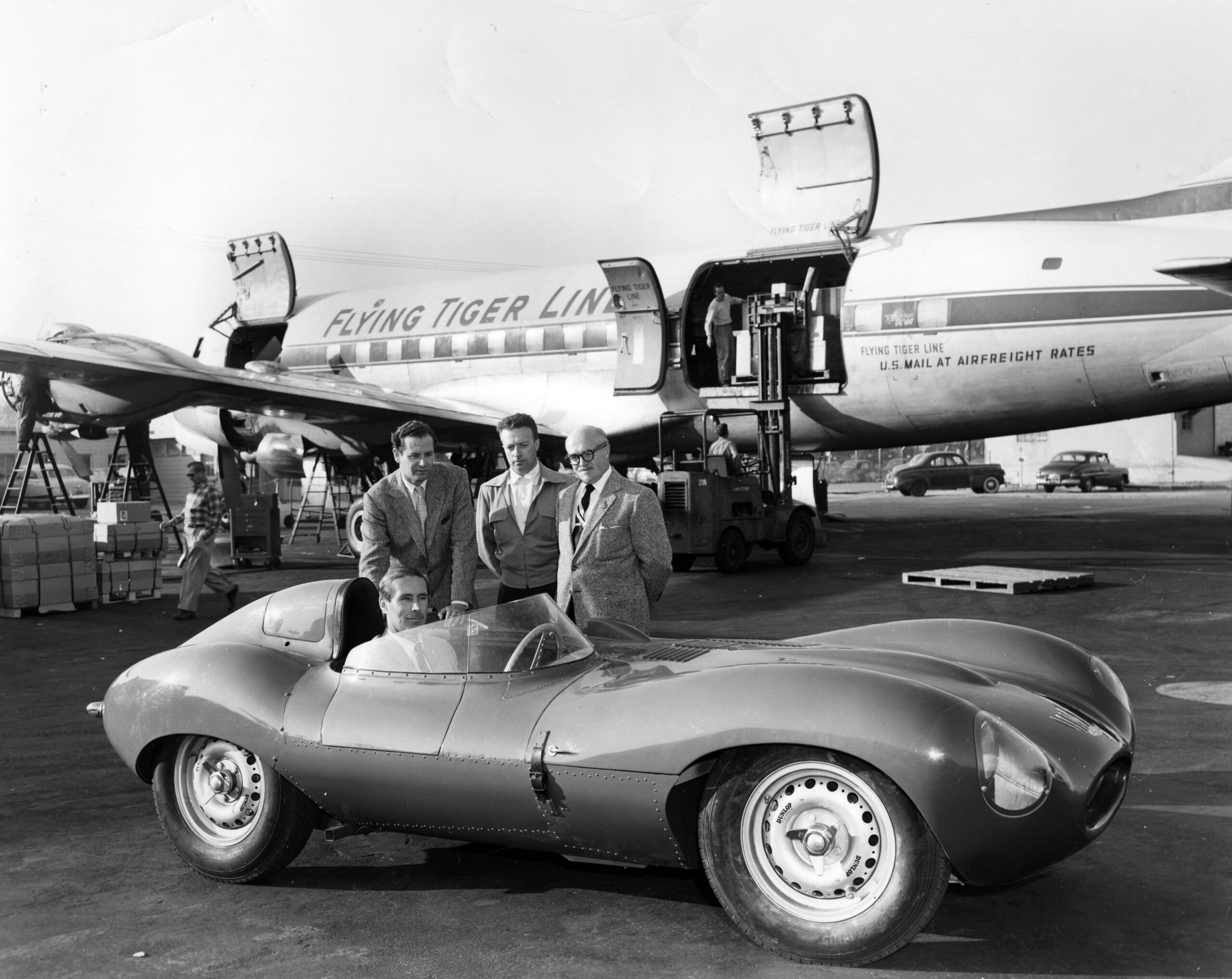
First customer D-type arrives at Idlewild Airport New York
Demands by various media play an increasingly growing source of requests. Fred says, “These days with the exploding number of platforms some people want still images, television may want moving pictures and internet requests look for everything.”
As to being contacted by the police, Fred says, “I think the most interesting one was a recent inquiry about an XK 140 that had been stolen back in the very late 1950s. The car had just disappeared and when the serial number came up decades later, it came up as a stolen vehicle.” After the caller confirmed his identity as a police officer, Fred provide not only the vehicle numbers but the original owner’s name and address.
In summing up the critical importance of a manufacturer’s archive Fred says, “Essentially a quality archive details the story of where you, the company, came from. It paints a vivid picture of your history. Our Jaguar Archive assures that future generations of the Jaguar family will have an understanding of where the company came from and what that imparts to our product.” Fred believes whole heartedly that preservation of history provides the foundation for appreciating the soul of a brand. Fred says, “If you don’t have that brand identity you reduce yourself to the level of commodity. And as a commodity the only motivation for a customer to walk across the street to buy your product is a lower down payment and less per month. That does not bode well for a profitable future.”
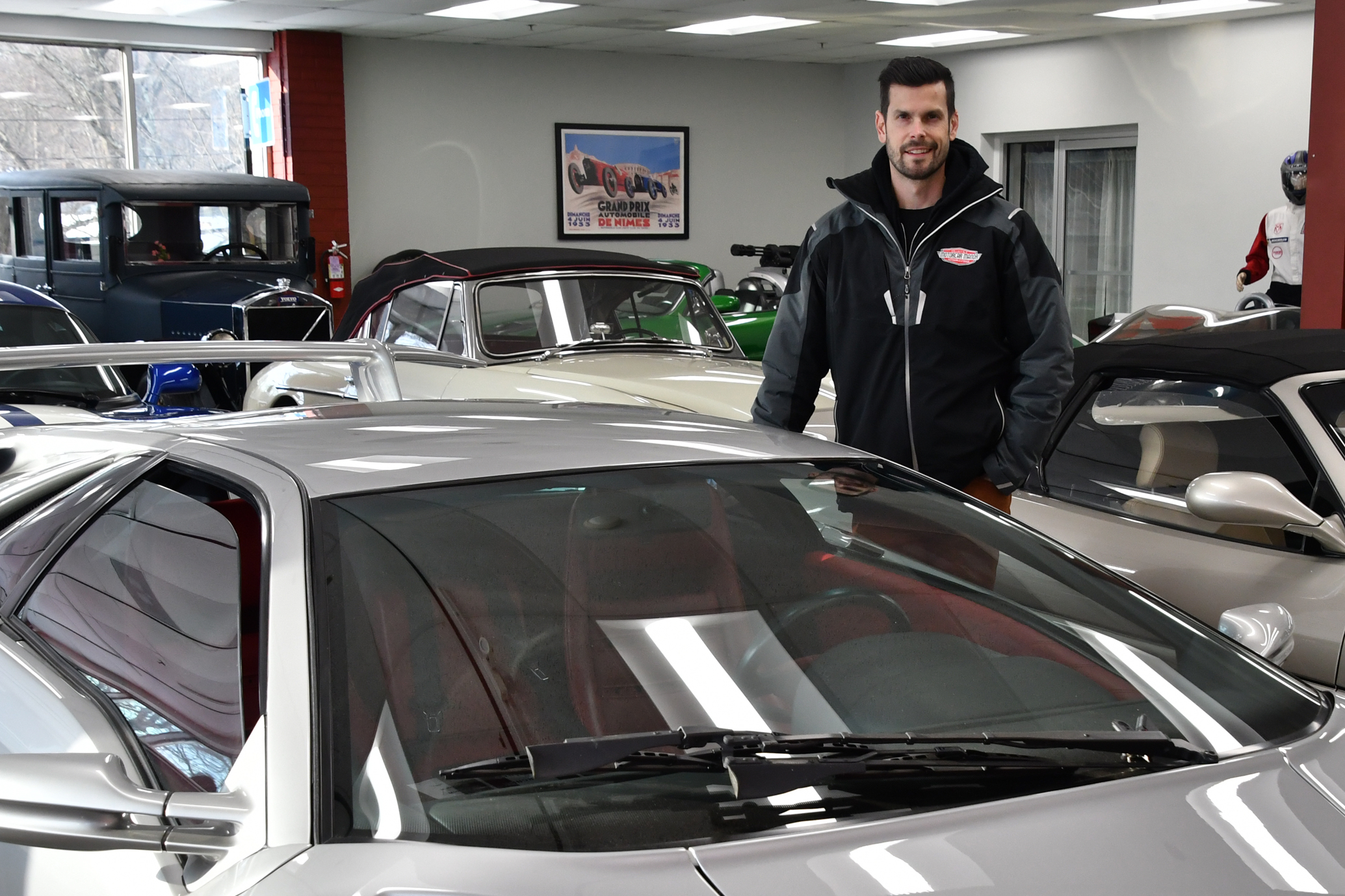
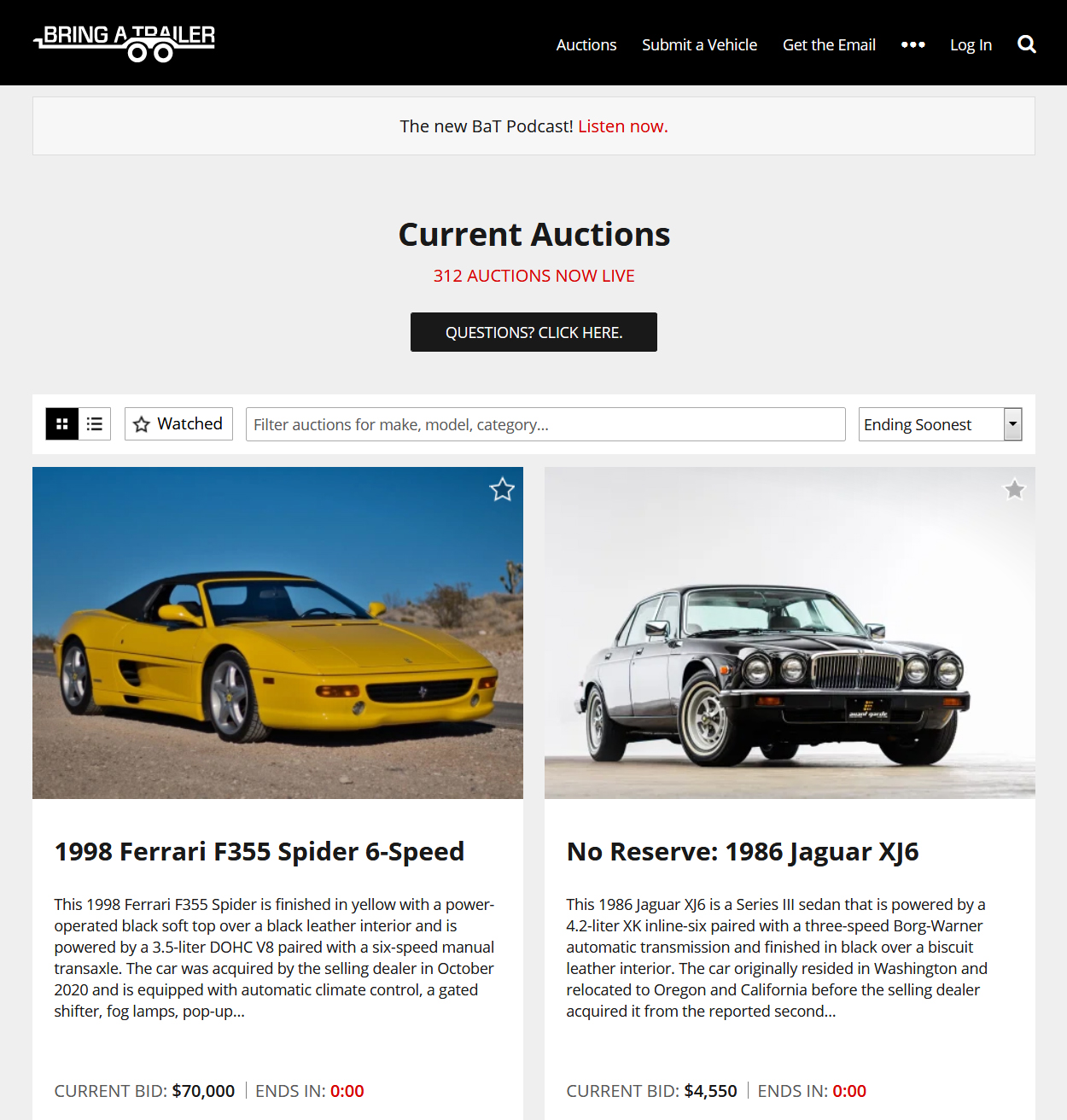
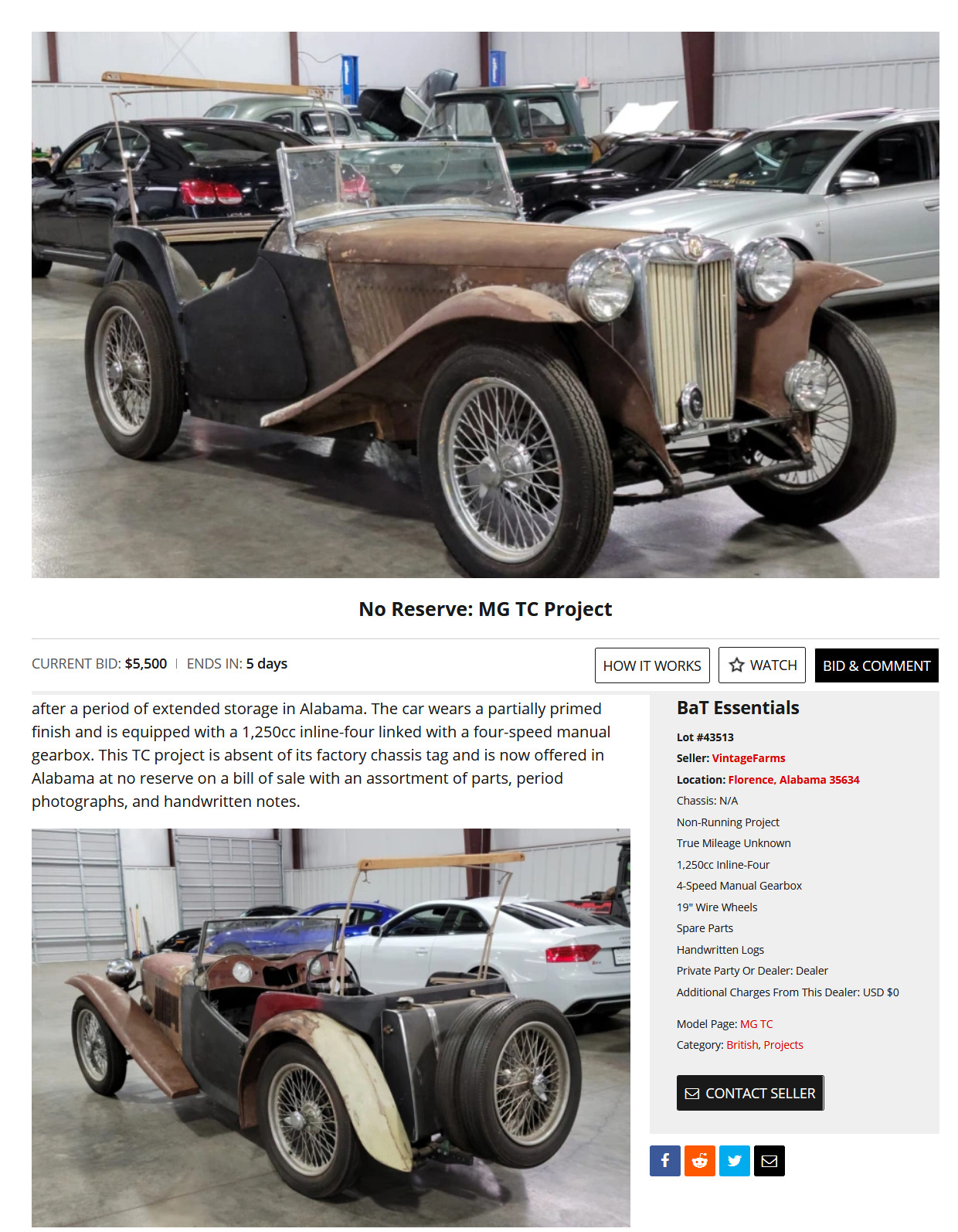
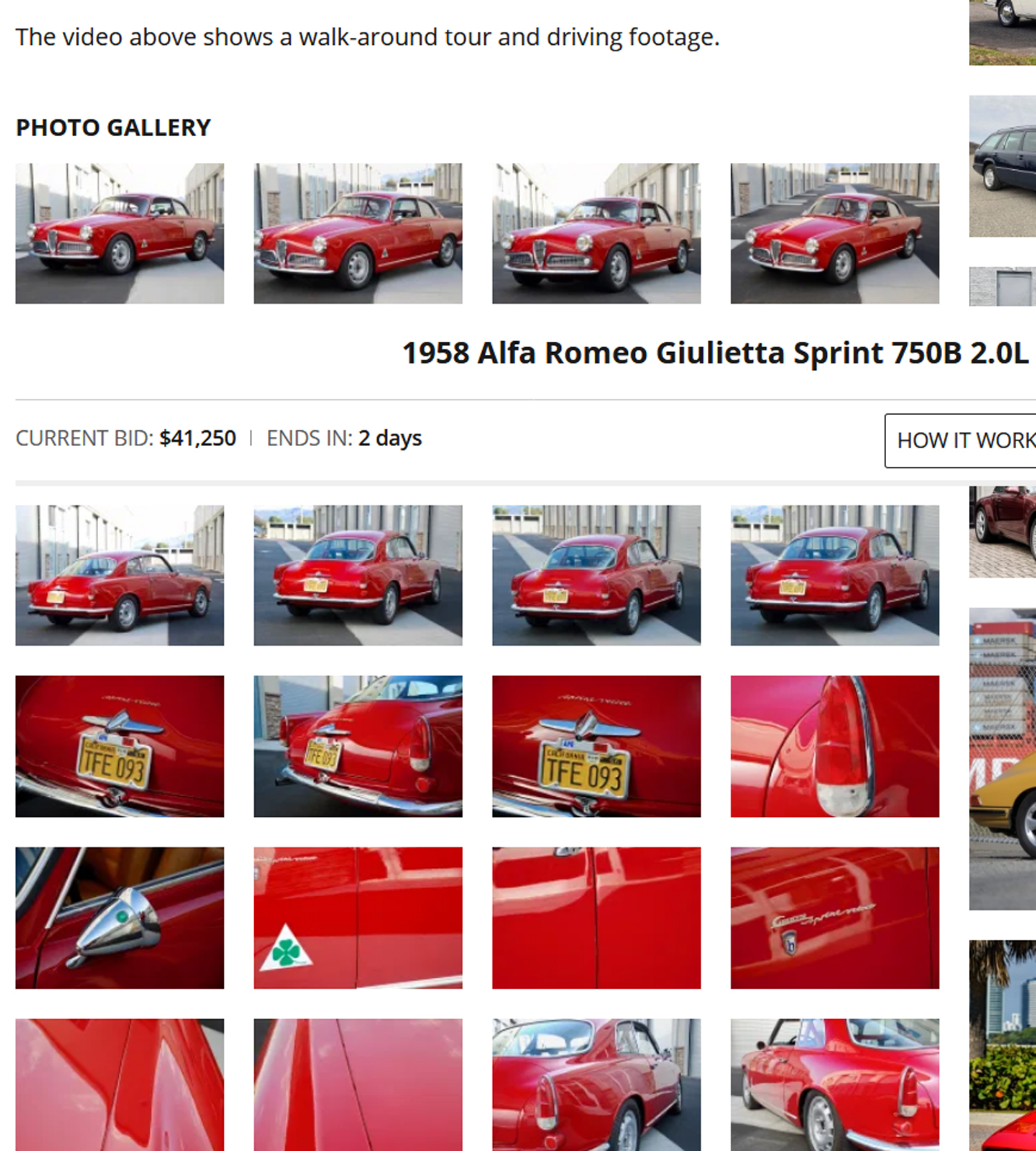 A visual and content rich feast for the car enthusiast, each vehicle being auctioned features high quality photography, driving videos and succinct and detailed descriptive copy. Matt says, “BaT really upped the game for photo quality from the craigslist days of ‘here’s a wheel’ and ‘here’s a bumper’ to BaT’s current comprehensive photo profile of easily 100 or more pictures.
A visual and content rich feast for the car enthusiast, each vehicle being auctioned features high quality photography, driving videos and succinct and detailed descriptive copy. Matt says, “BaT really upped the game for photo quality from the craigslist days of ‘here’s a wheel’ and ‘here’s a bumper’ to BaT’s current comprehensive photo profile of easily 100 or more pictures.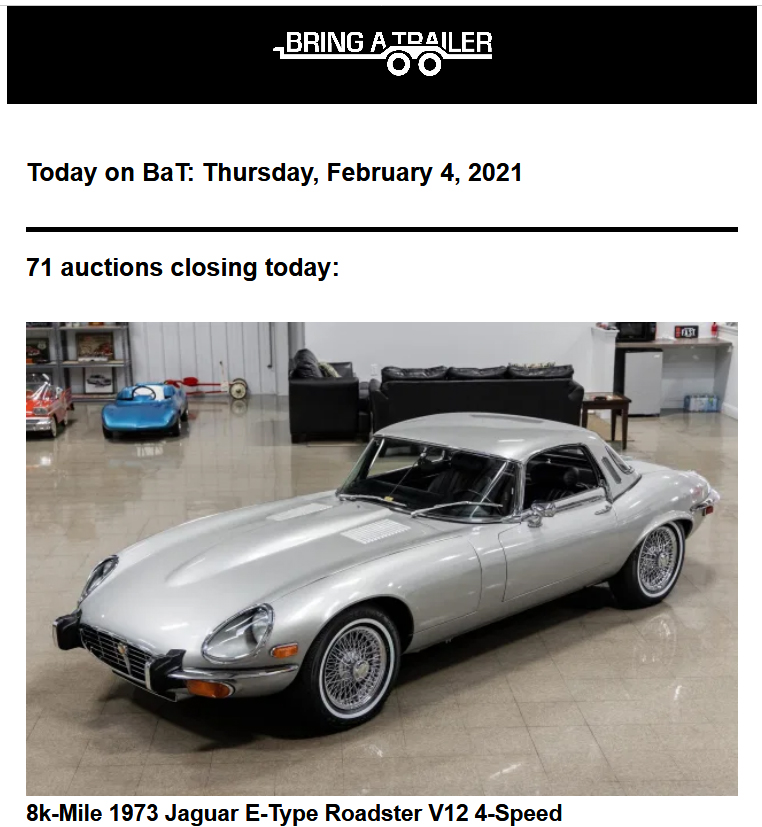 Unlike eBay, BaT does not permit sniping. Sniping refers to a common practice on eBay where a bidder waits to the last second to place a hopefully winning bid while leaving no time for another bidder to counter. BaT, however, prevents sniping by adding an additional two minutes to any last second bid. Matt points out that the two minute extension can actually draw a bidder in and overwhelm the bidder’s better judgment. Matt says, “It gives other people time to jump in. Acting on behalf of a client and under the client’s direction, I found myself in an online bidding battle. Someone else REALLY wanted this car. It got to the point where the bidding had gone far beyond reason. Someone would be paying way over its true value. I had to pull my client back and say this is crazy.”
Unlike eBay, BaT does not permit sniping. Sniping refers to a common practice on eBay where a bidder waits to the last second to place a hopefully winning bid while leaving no time for another bidder to counter. BaT, however, prevents sniping by adding an additional two minutes to any last second bid. Matt points out that the two minute extension can actually draw a bidder in and overwhelm the bidder’s better judgment. Matt says, “It gives other people time to jump in. Acting on behalf of a client and under the client’s direction, I found myself in an online bidding battle. Someone else REALLY wanted this car. It got to the point where the bidding had gone far beyond reason. Someone would be paying way over its true value. I had to pull my client back and say this is crazy.”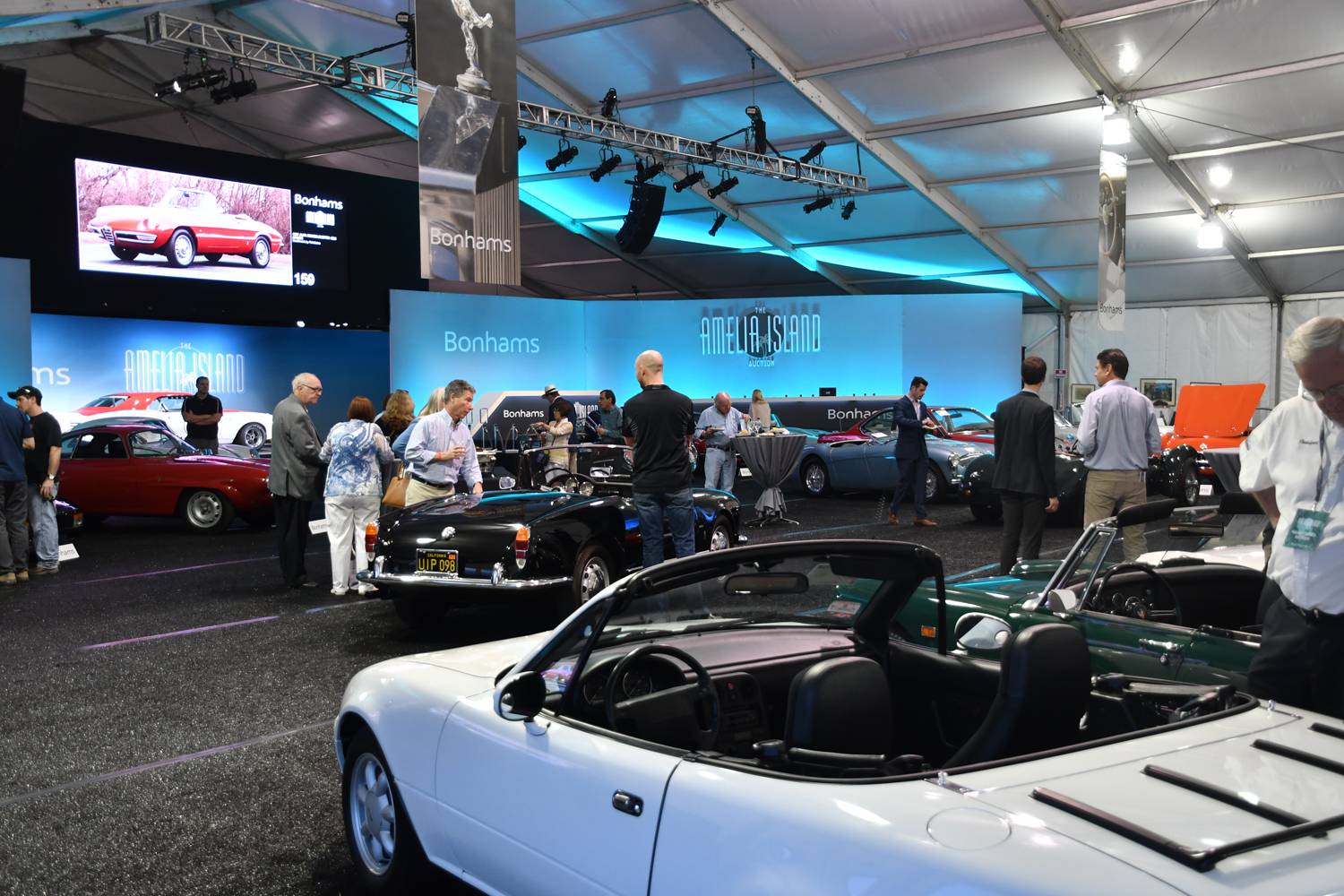
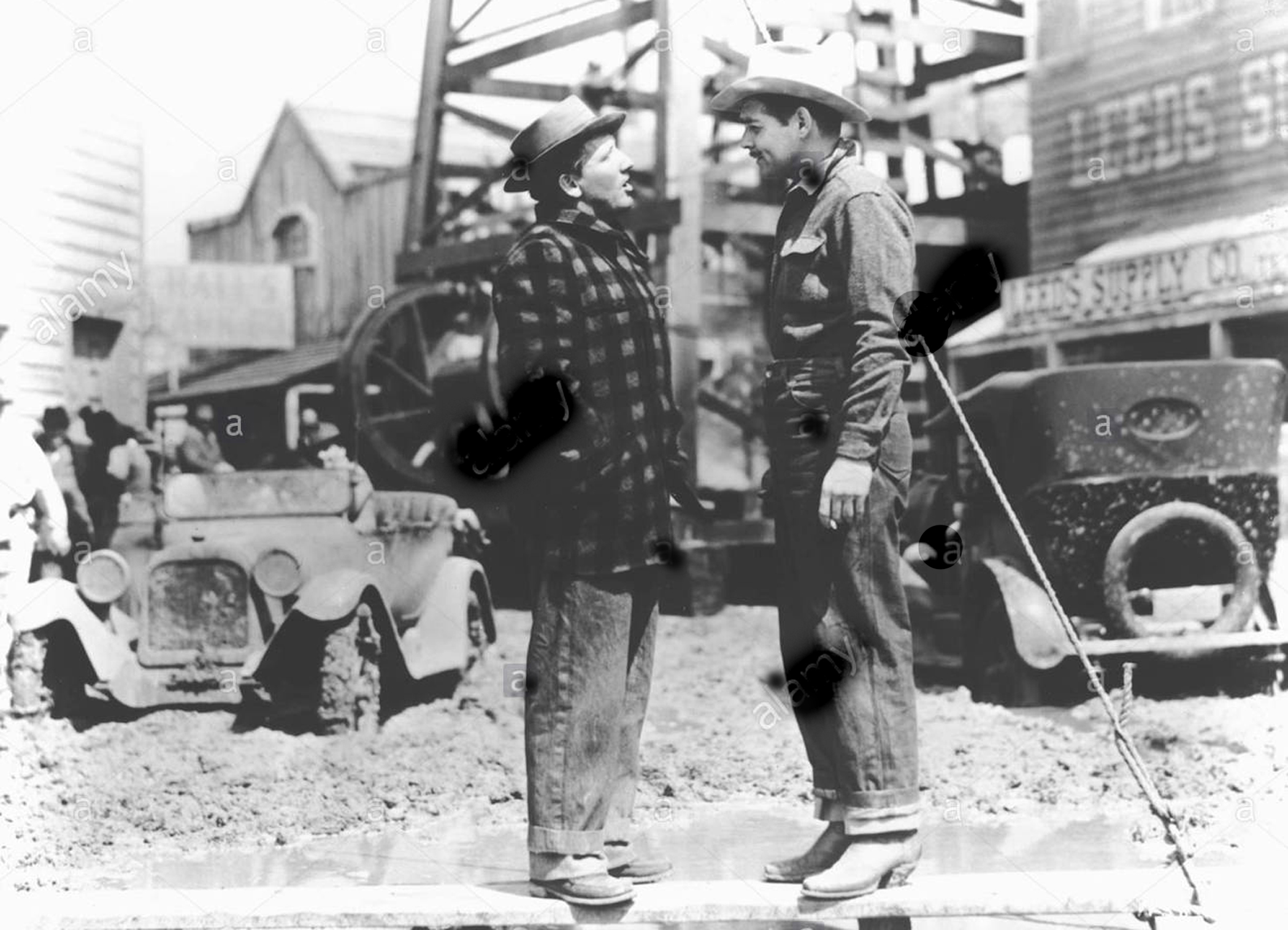
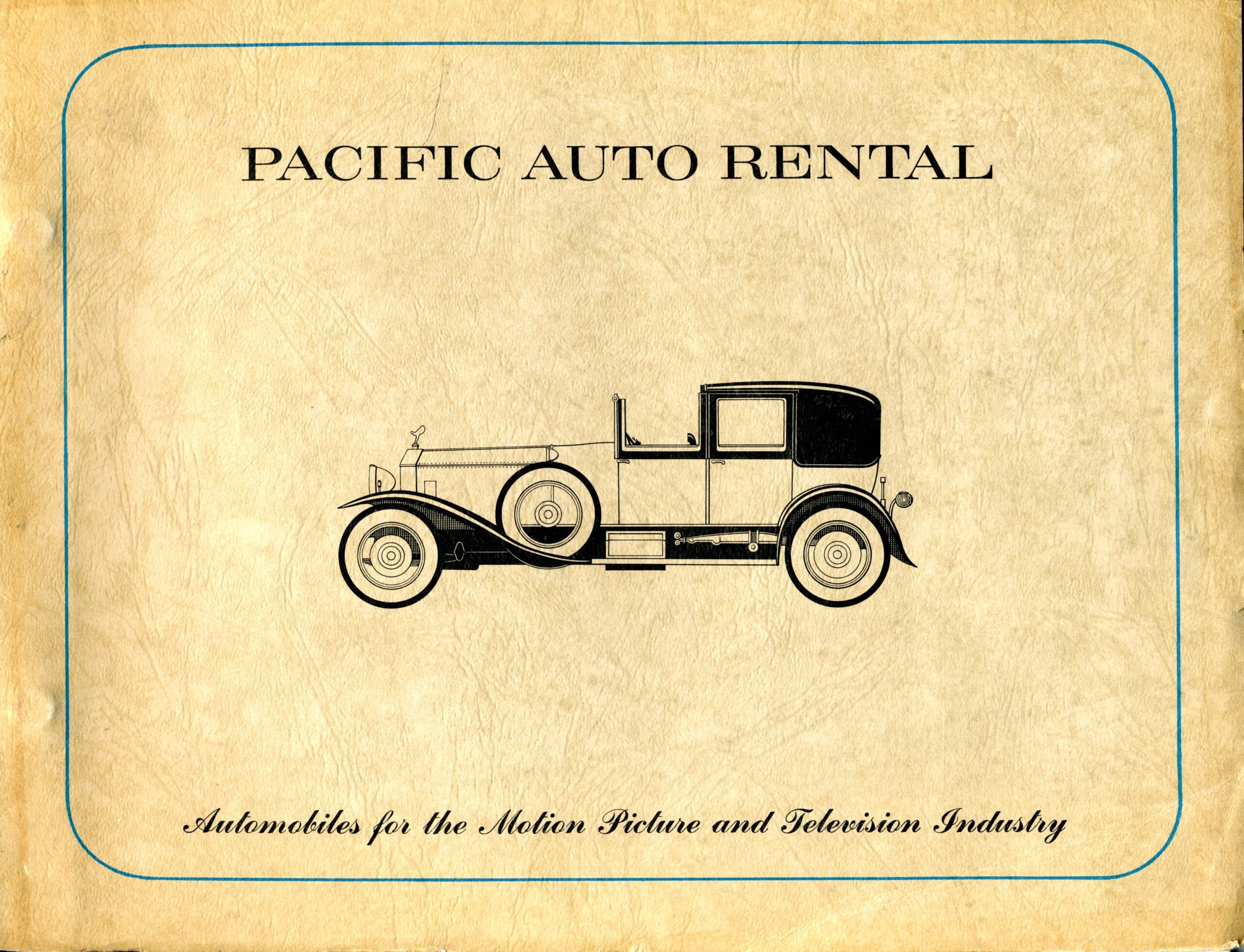
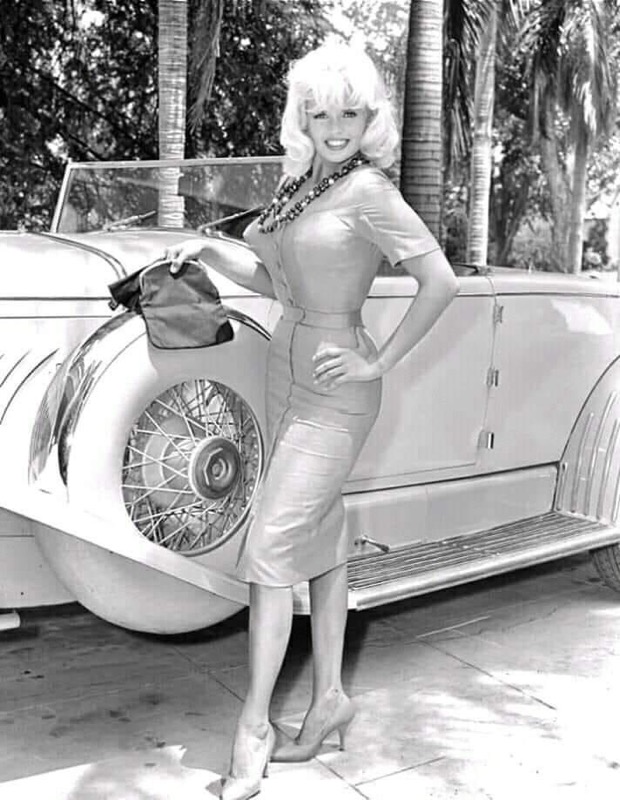
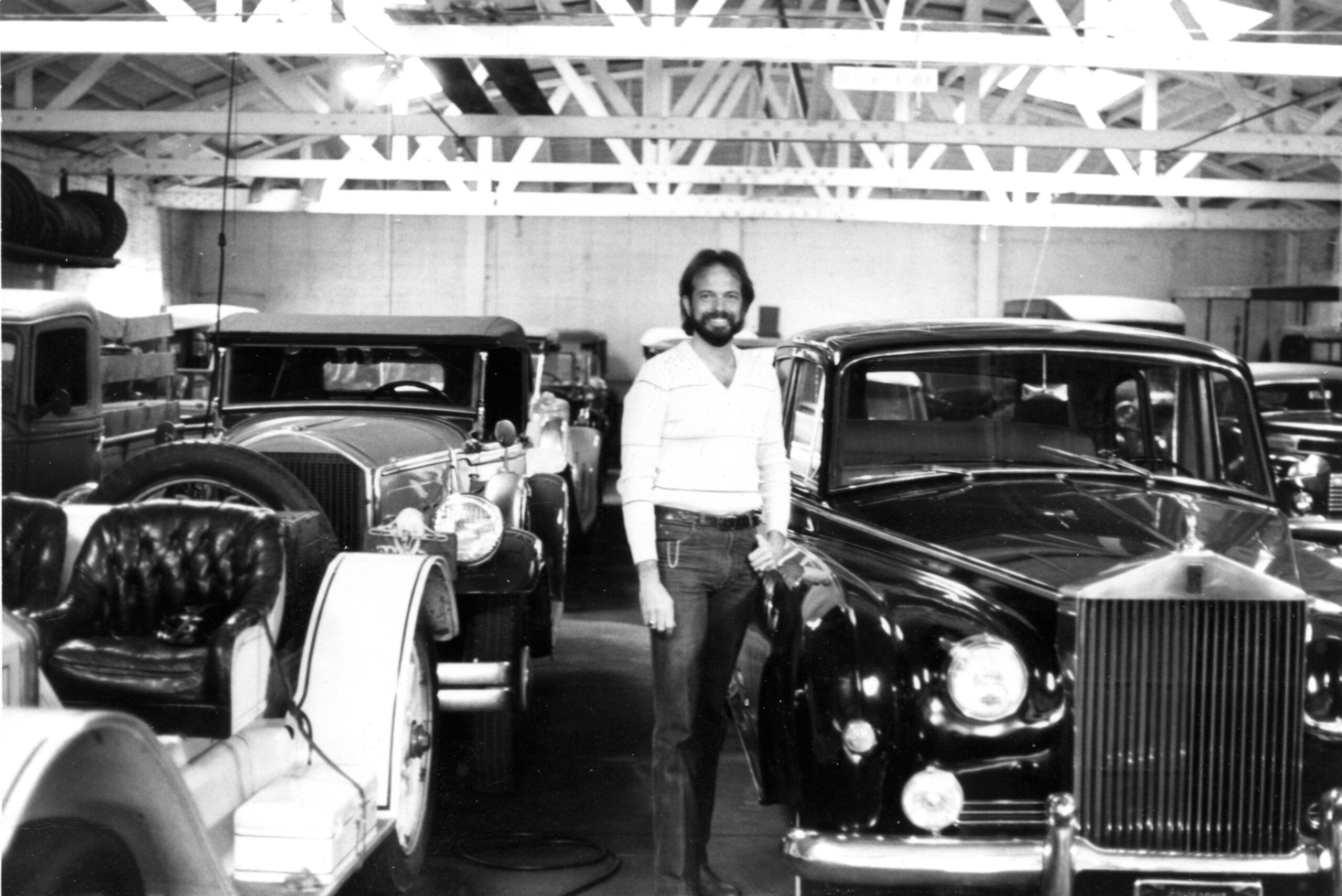
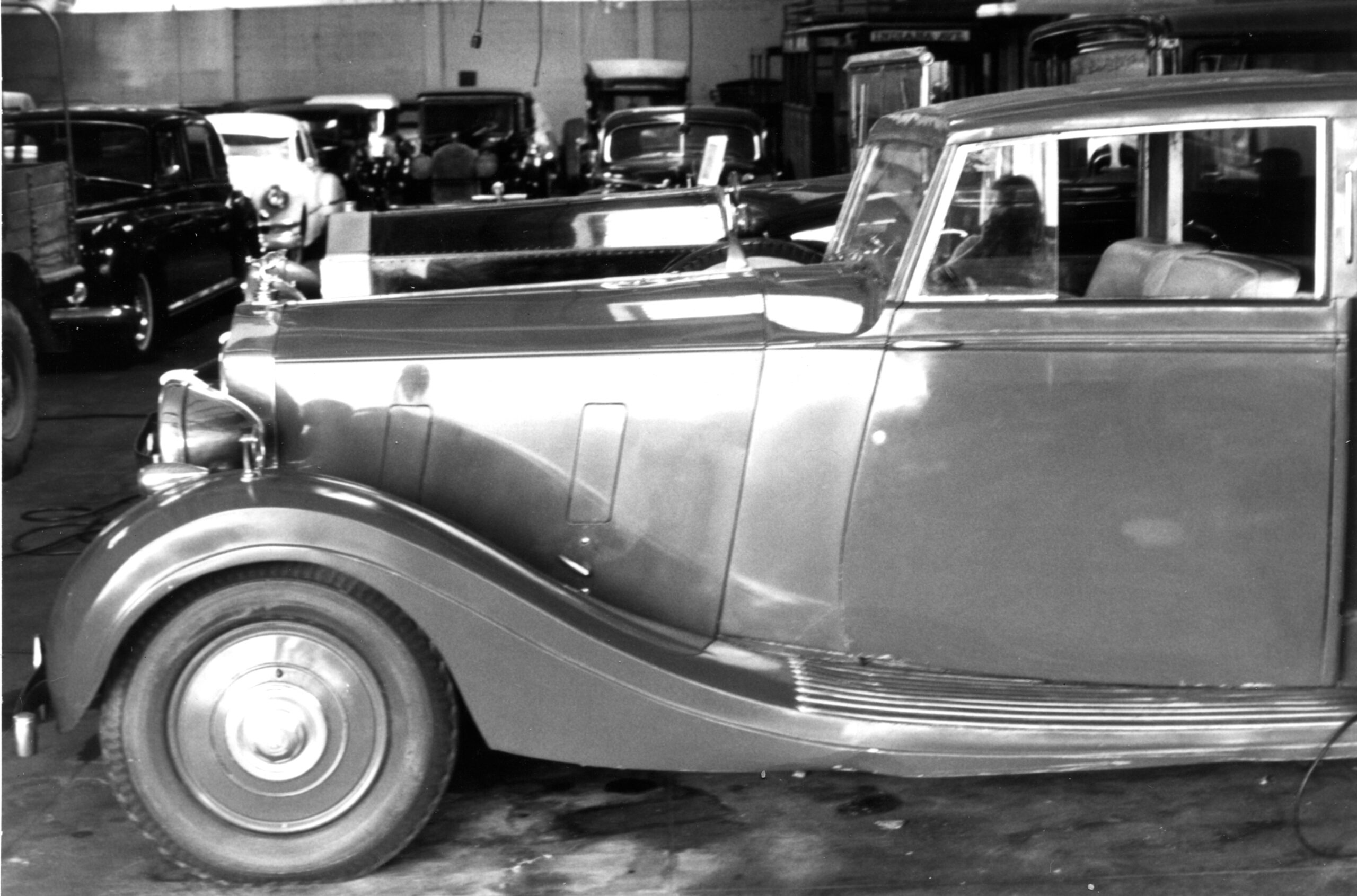 Our conversation would be held in Schweiger’s office. Directed to my left, we approached a classic glass pane and metal panel factory floor office. It displayed all the patina one would expect after spending over forty plus years in a vintage vehicle storage facility. Pacific Auto Rental had moved there in 1940. During that time Schweiger’s original partner had passed away in 1943. Shockingly for Schweiger, his sixty-year old son predeceased him some years back and forced the doctor to resume control of the business. Considering the impressive size of his collection, the minimal nature of the Pacific Auto Rental support staff came as a shock. It consisted solely of a postman who worked part time and a young man with learning disabilities. Everything else was left to the studio renting the vehicle and specialists on the other end of a phone call.
Our conversation would be held in Schweiger’s office. Directed to my left, we approached a classic glass pane and metal panel factory floor office. It displayed all the patina one would expect after spending over forty plus years in a vintage vehicle storage facility. Pacific Auto Rental had moved there in 1940. During that time Schweiger’s original partner had passed away in 1943. Shockingly for Schweiger, his sixty-year old son predeceased him some years back and forced the doctor to resume control of the business. Considering the impressive size of his collection, the minimal nature of the Pacific Auto Rental support staff came as a shock. It consisted solely of a postman who worked part time and a young man with learning disabilities. Everything else was left to the studio renting the vehicle and specialists on the other end of a phone call.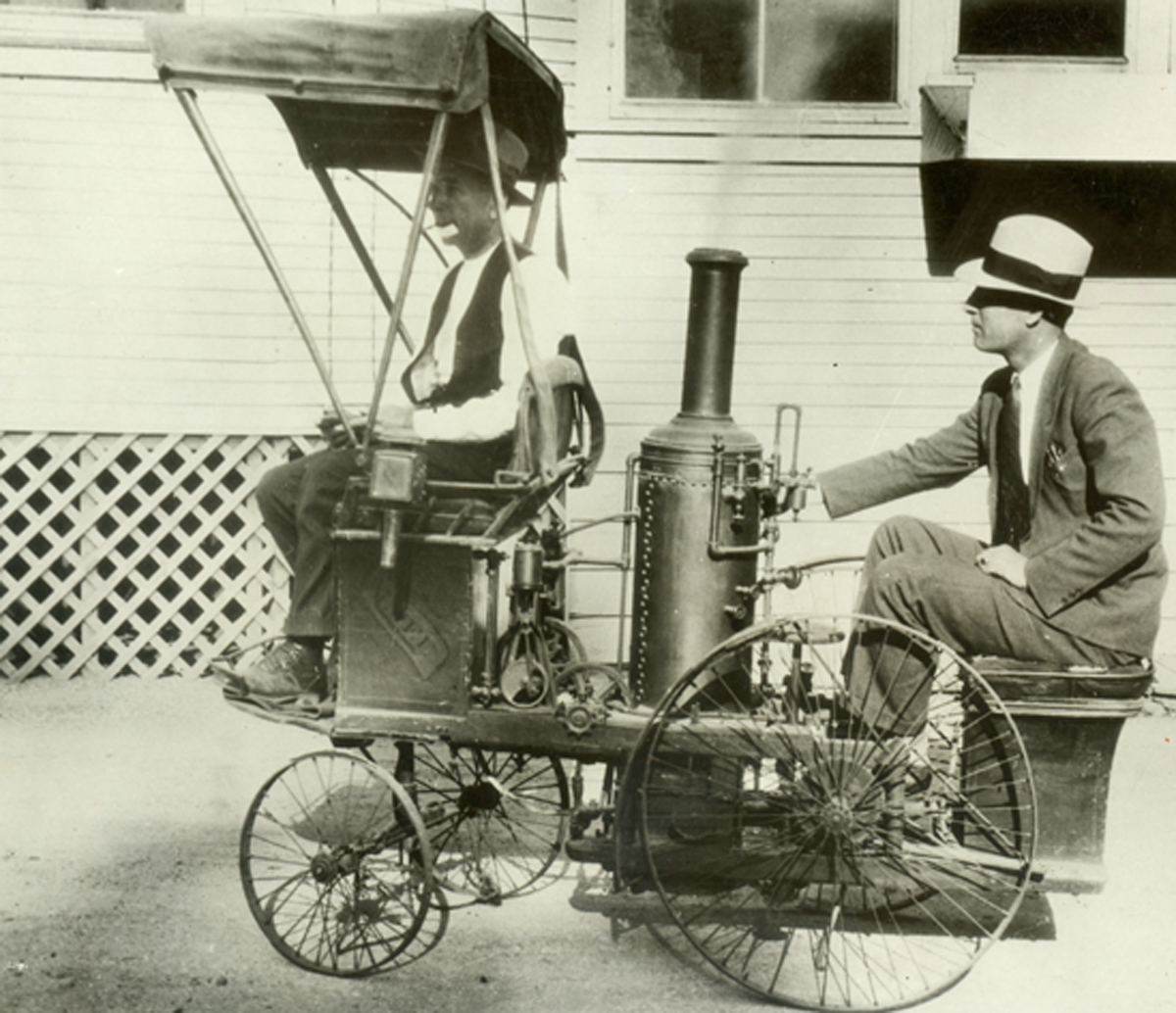
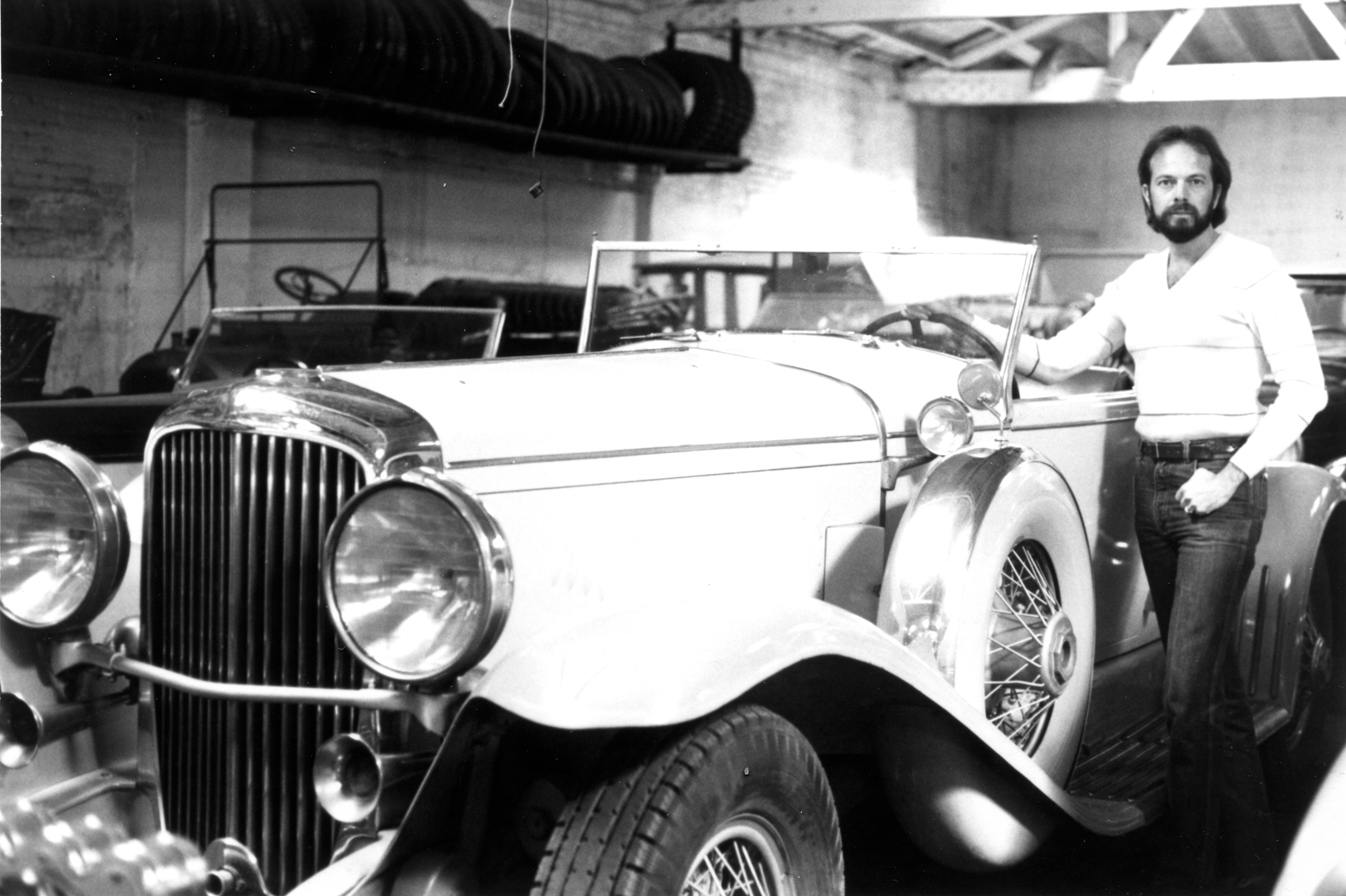
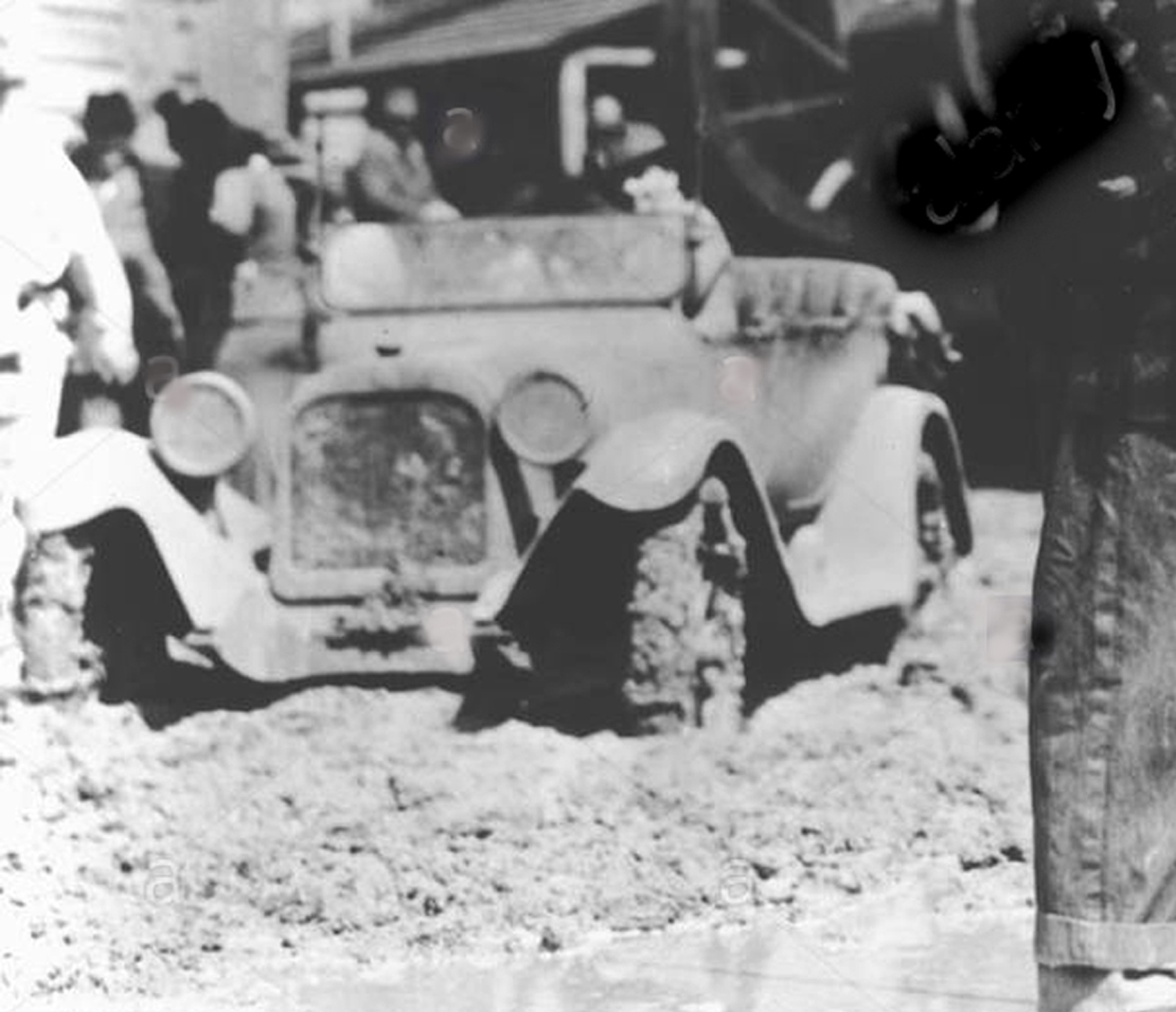
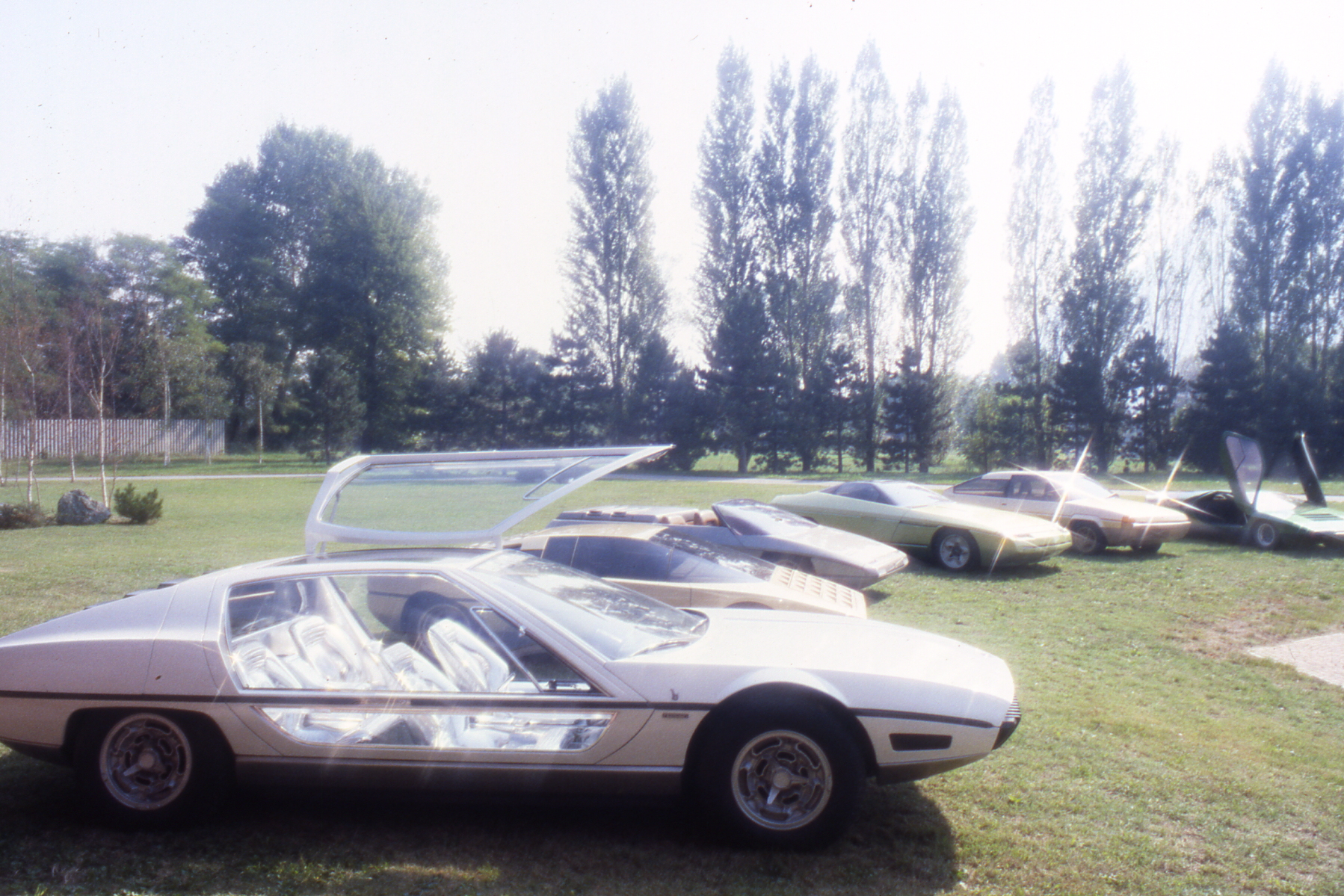
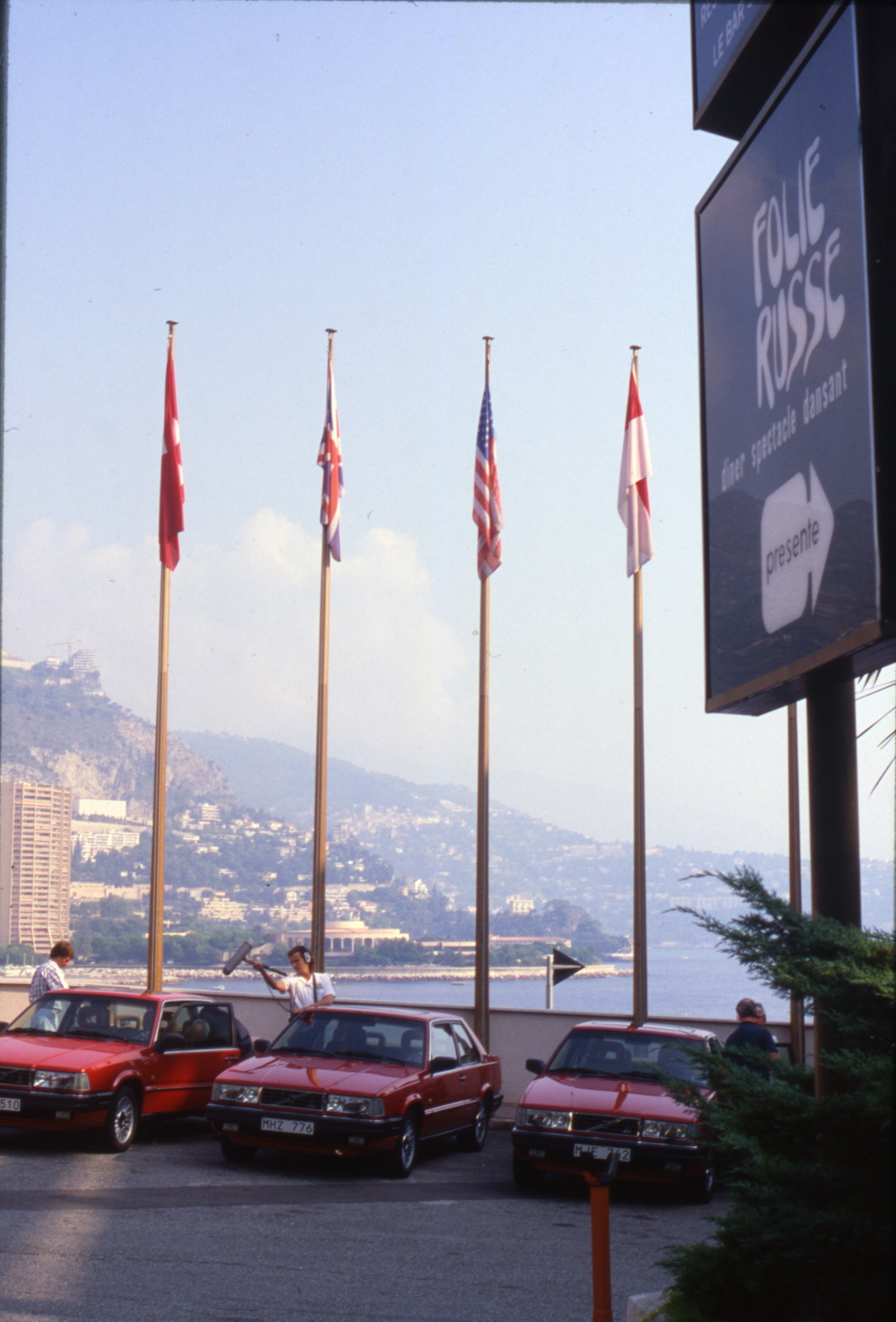
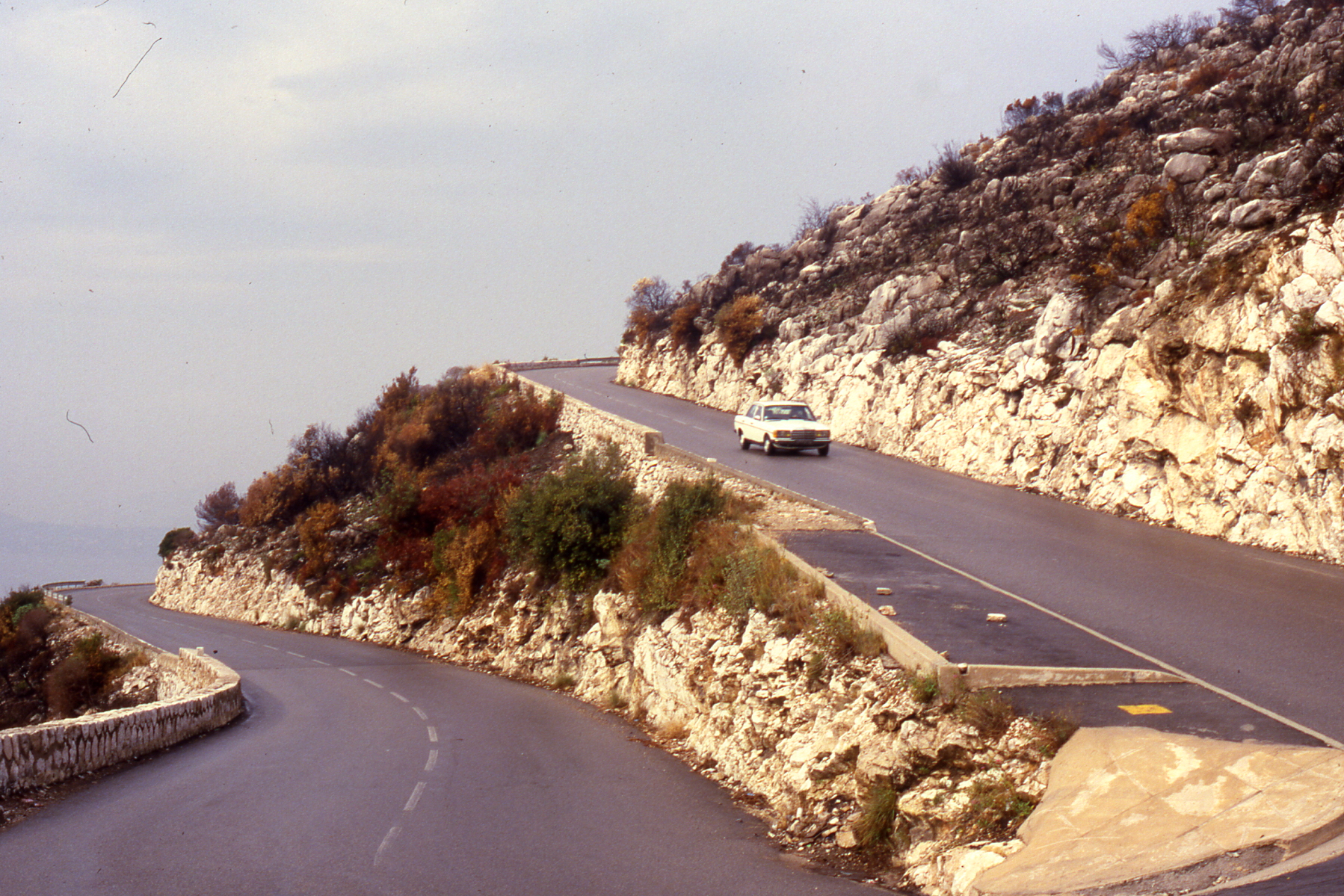

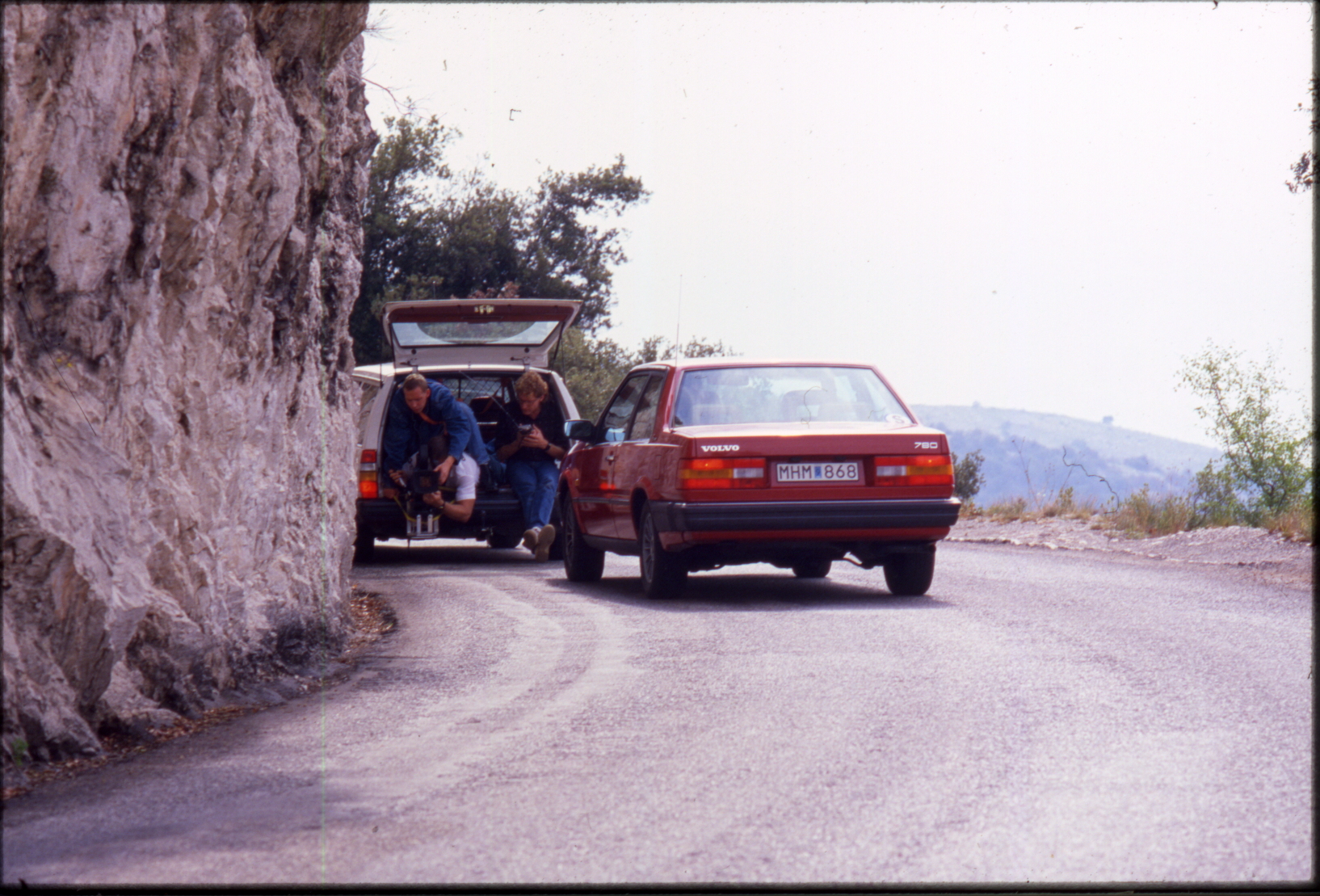
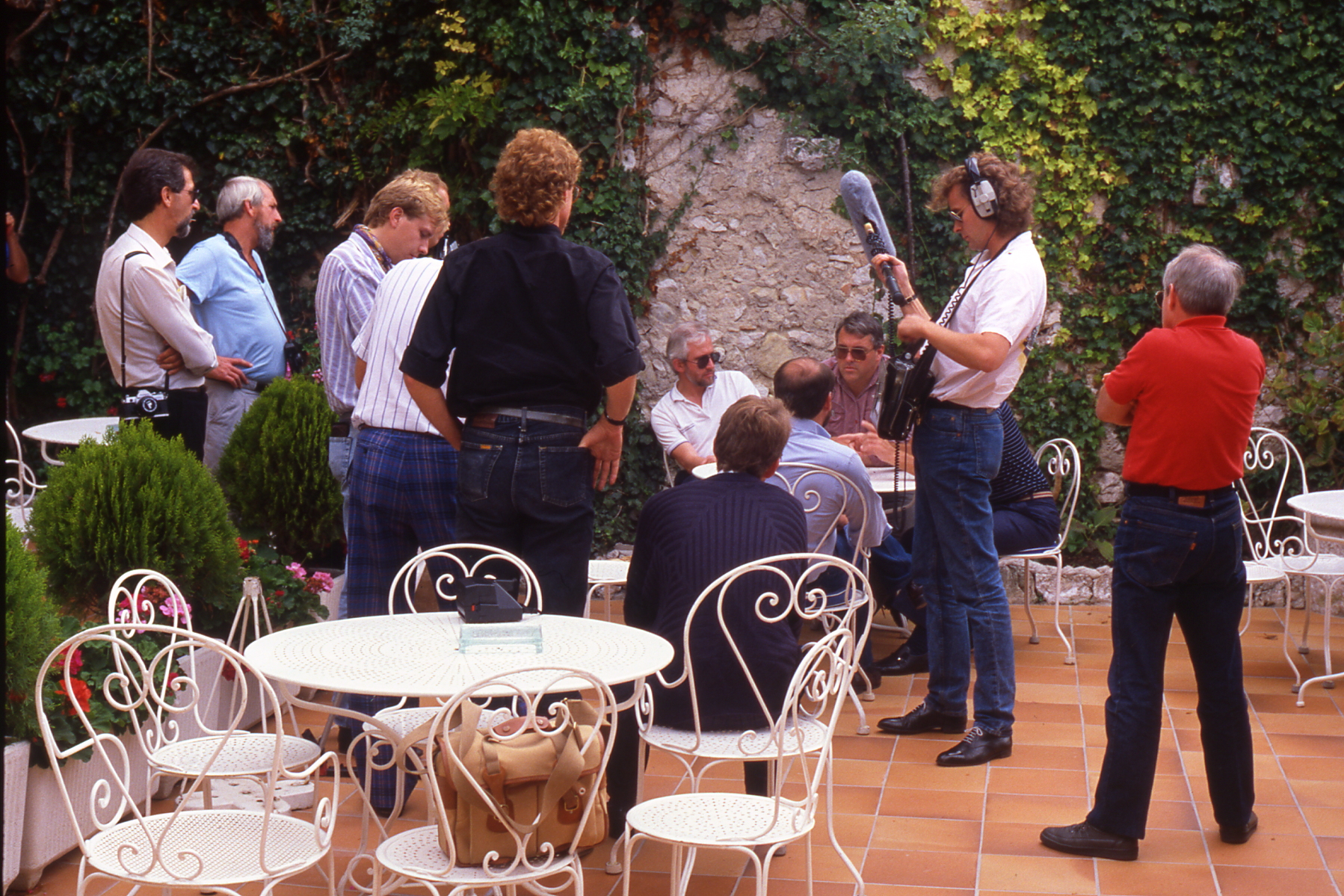


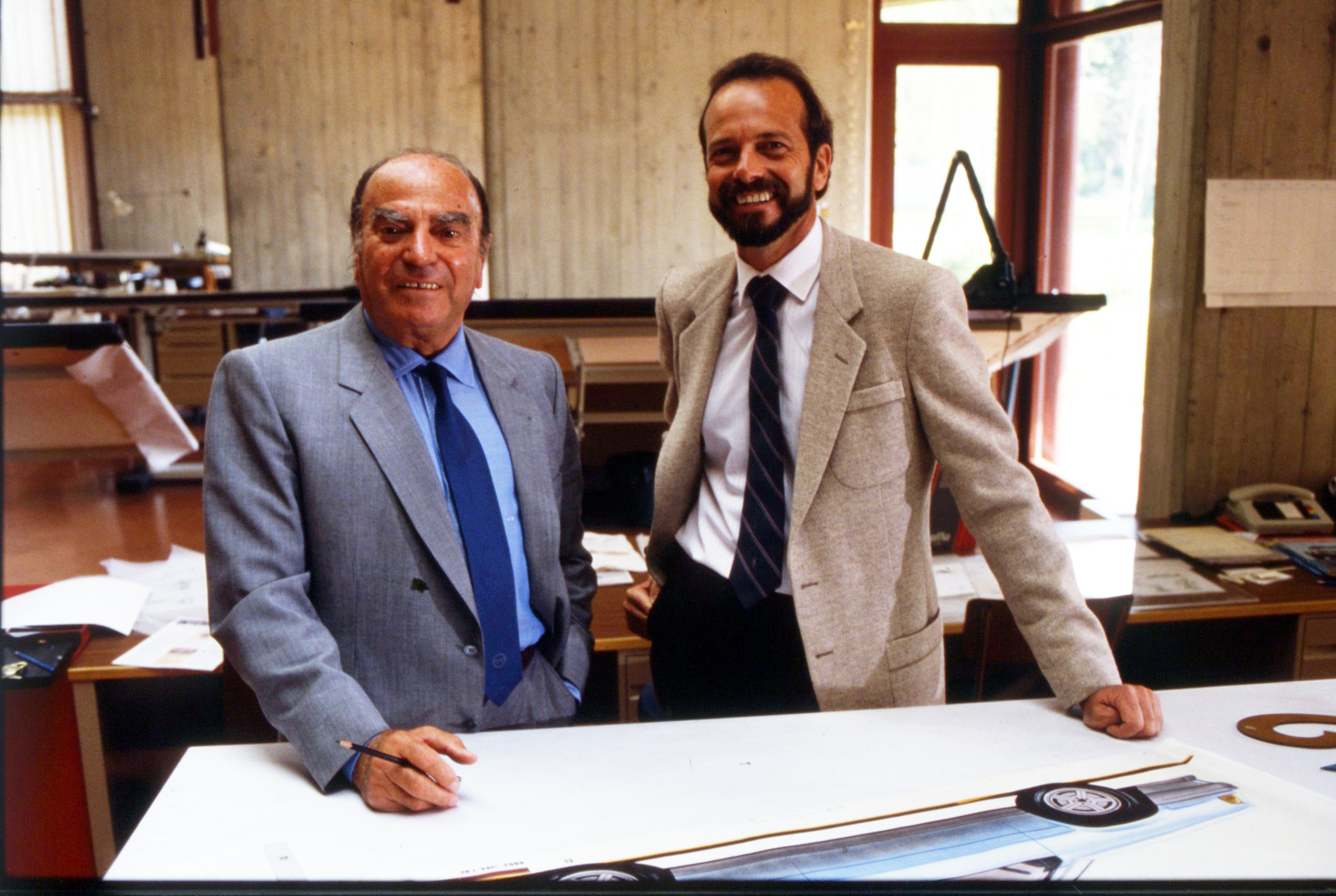


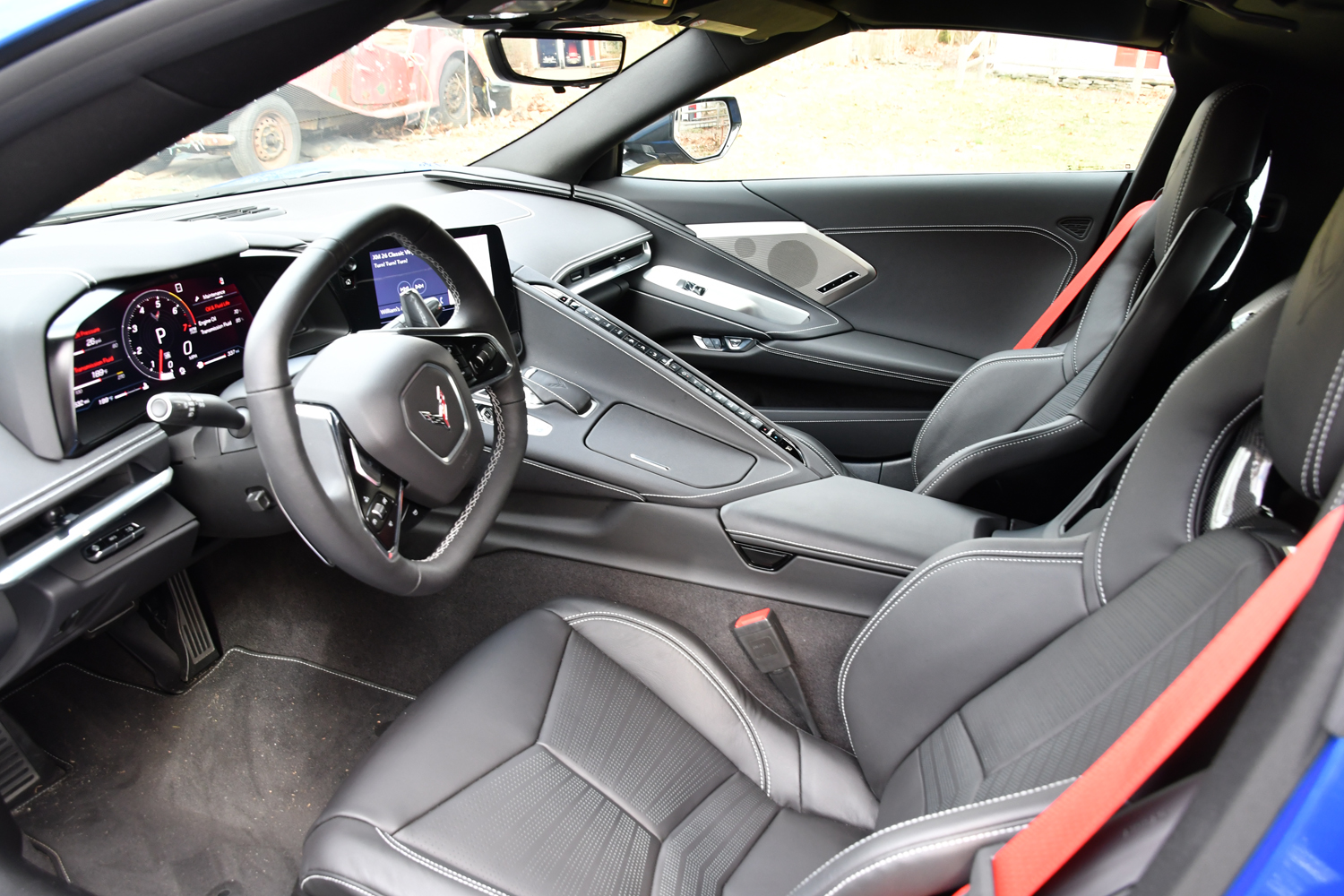
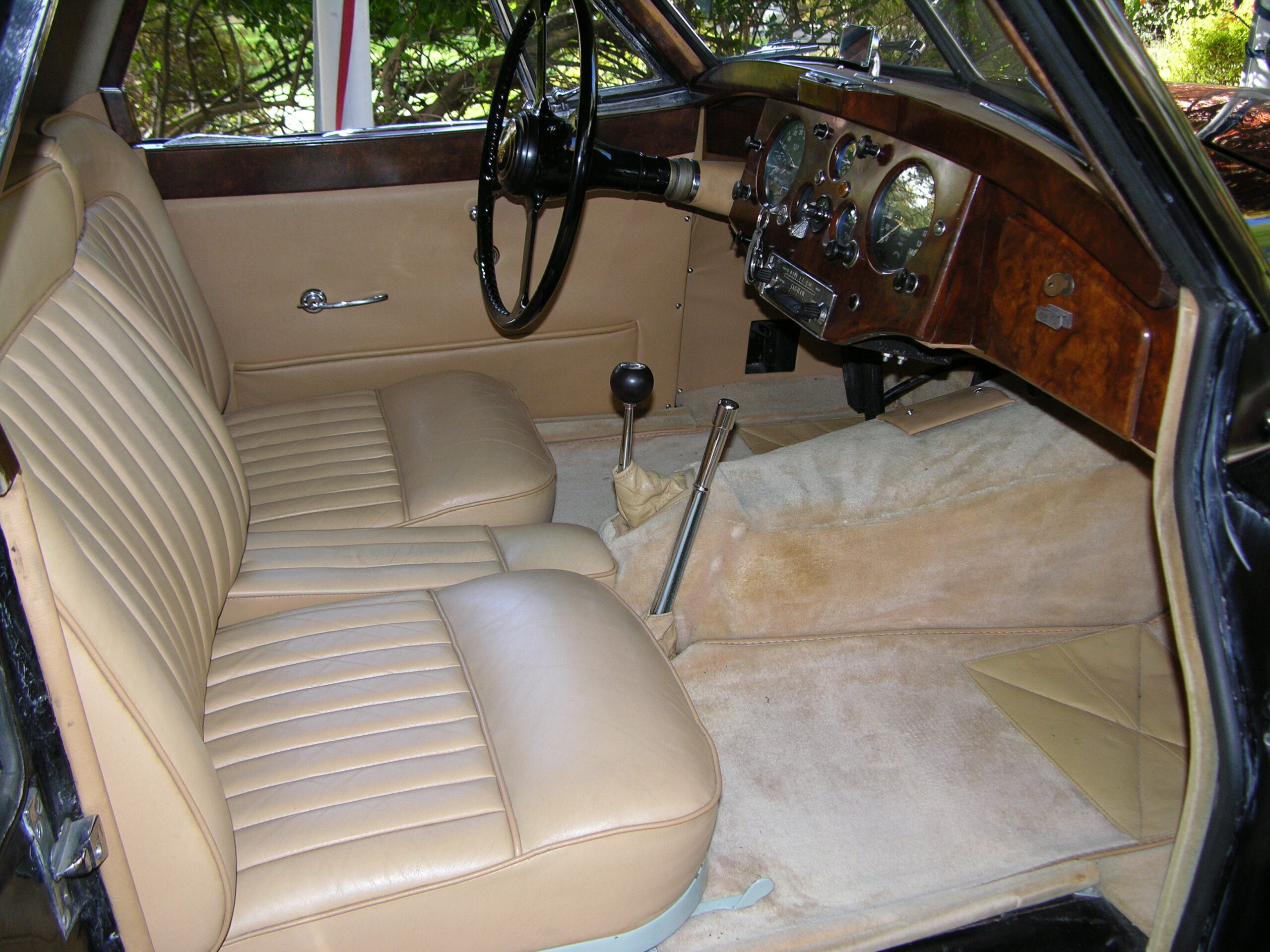
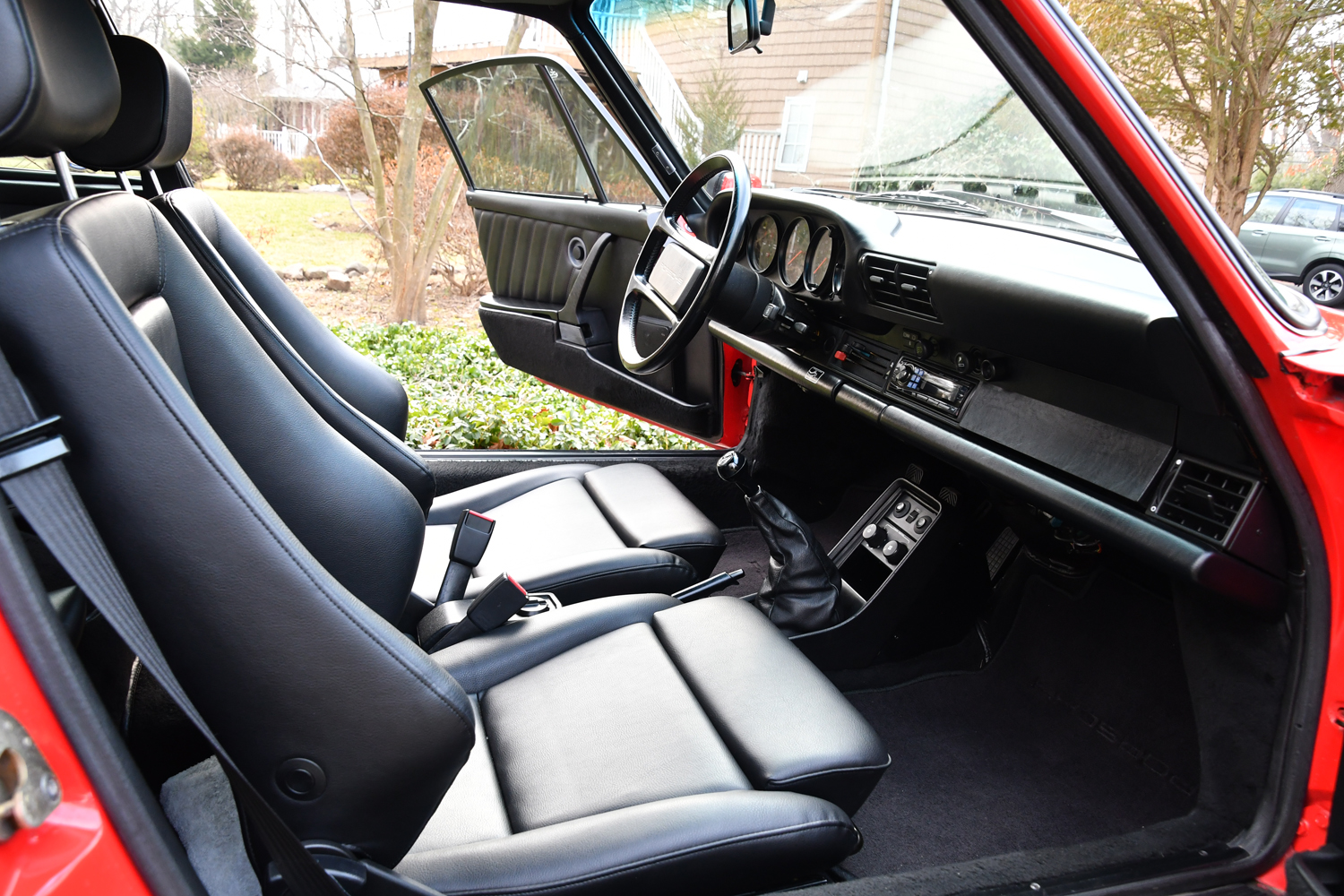
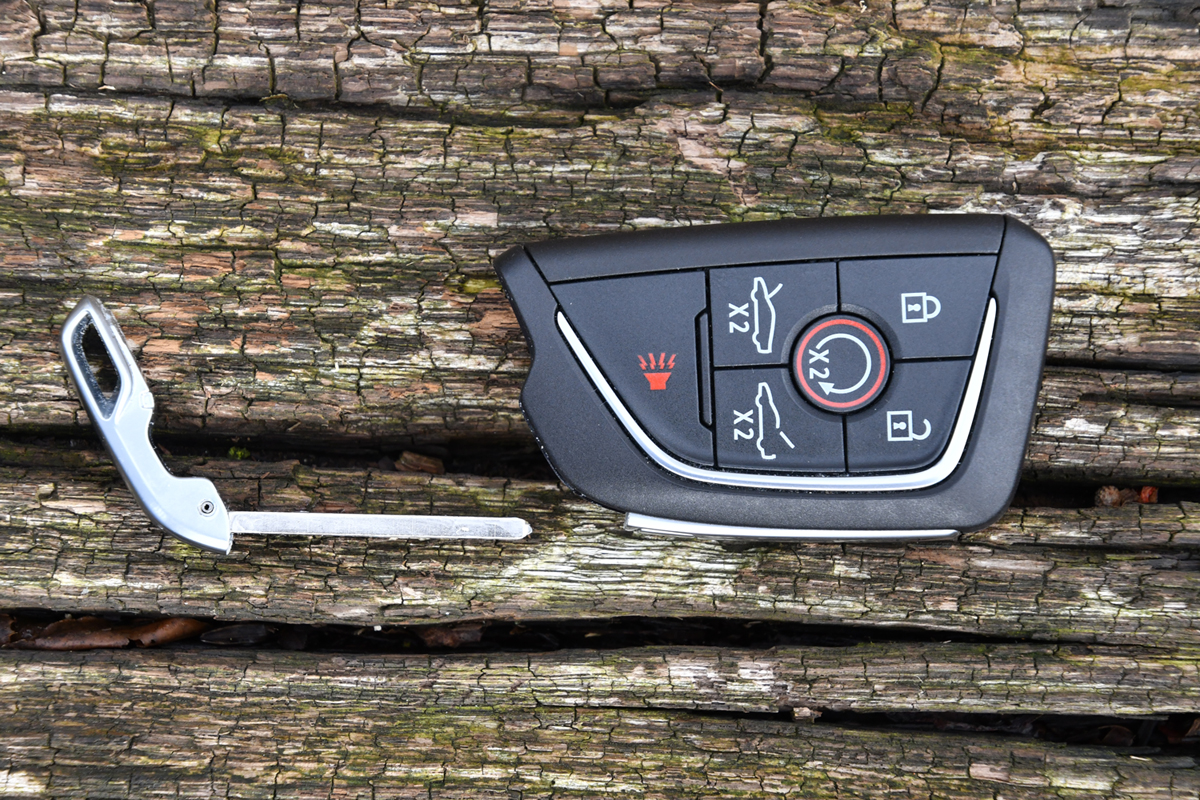
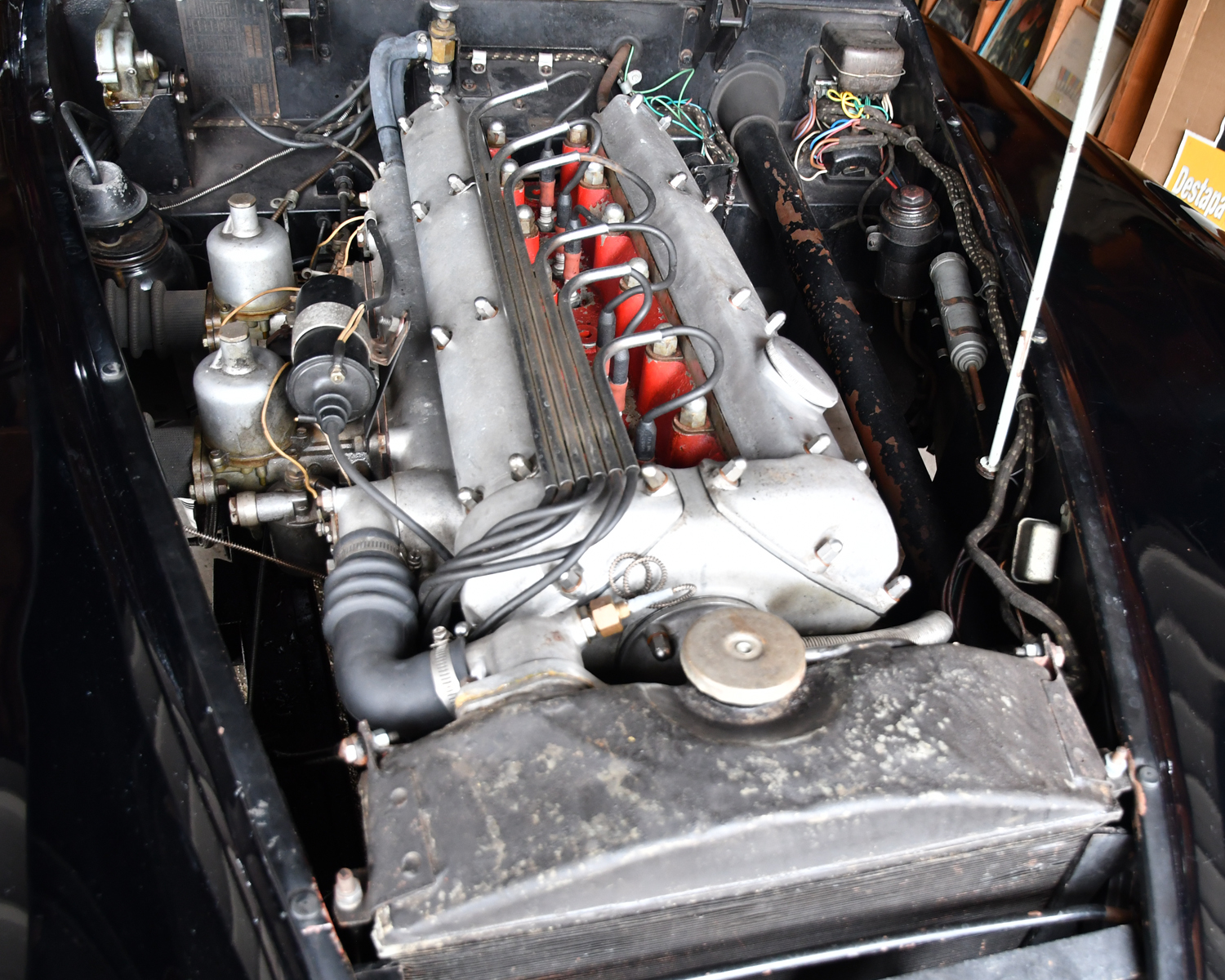
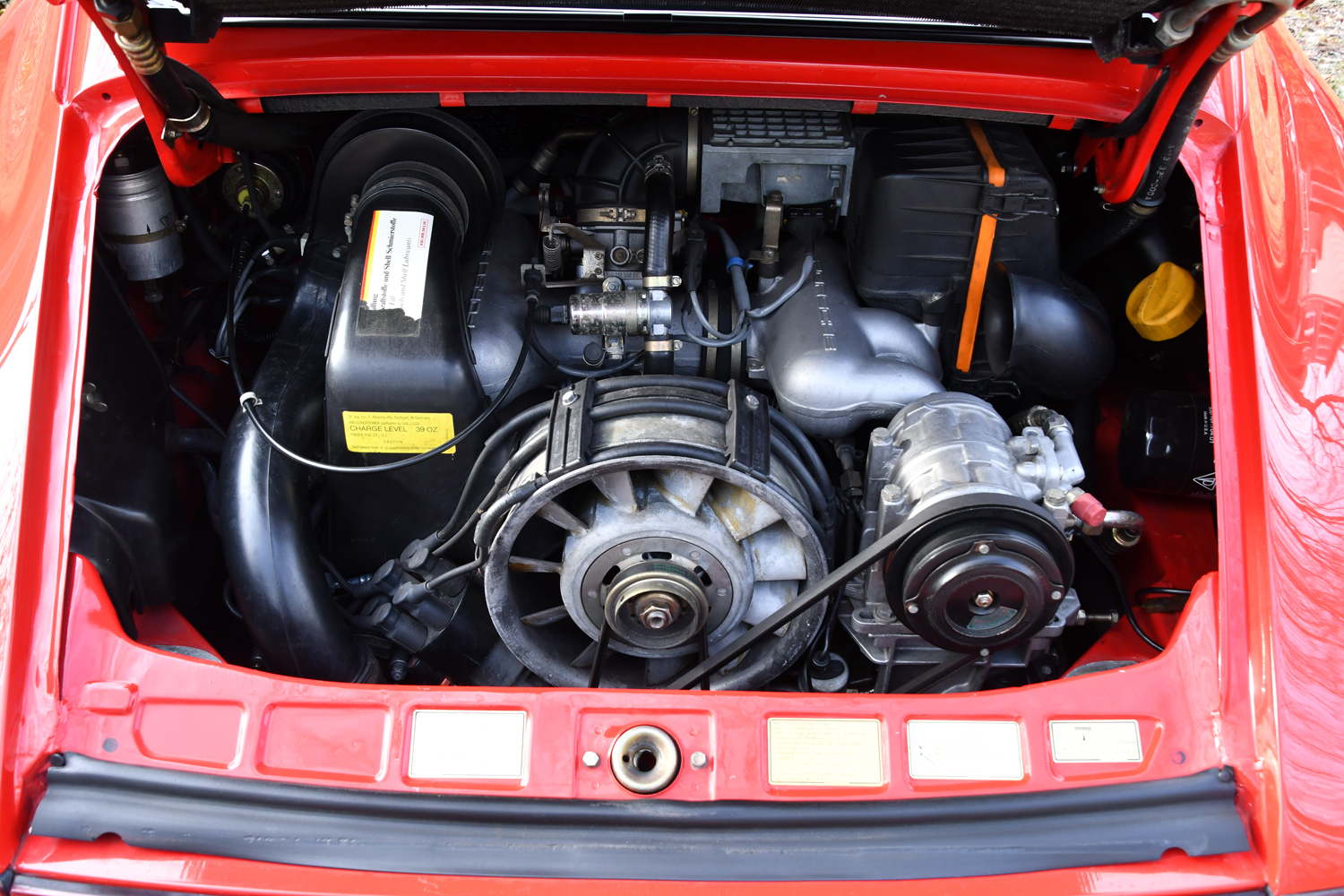
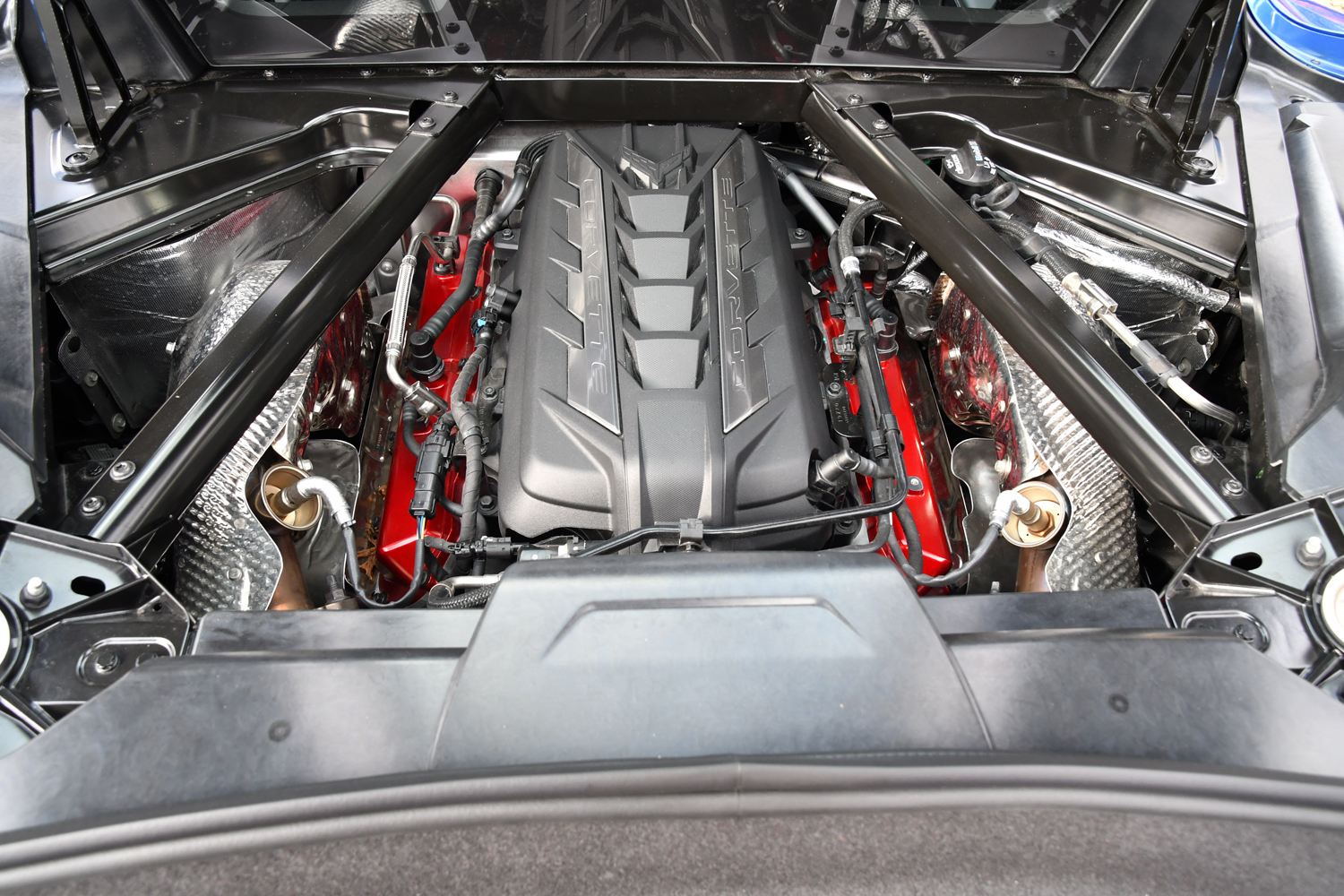
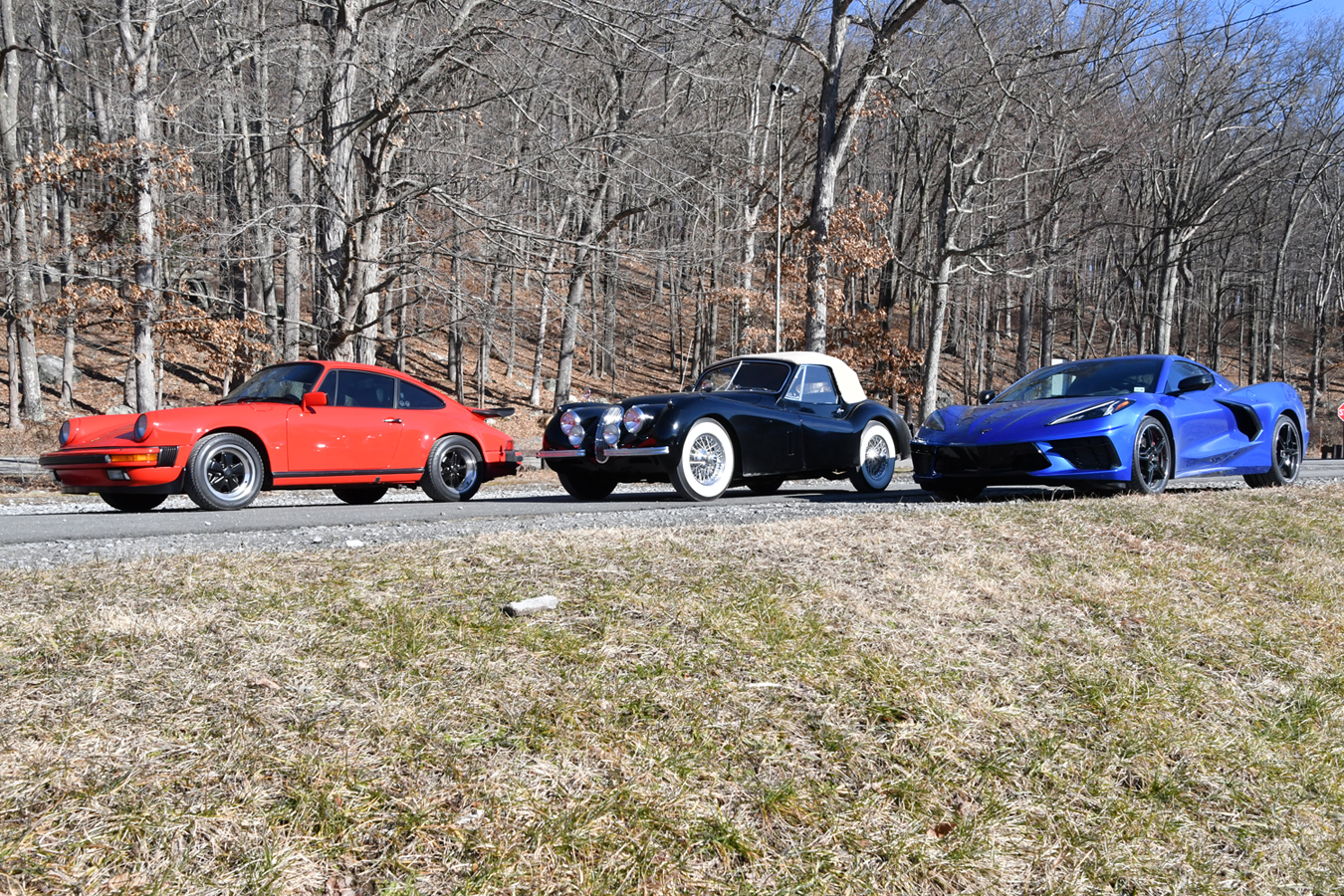
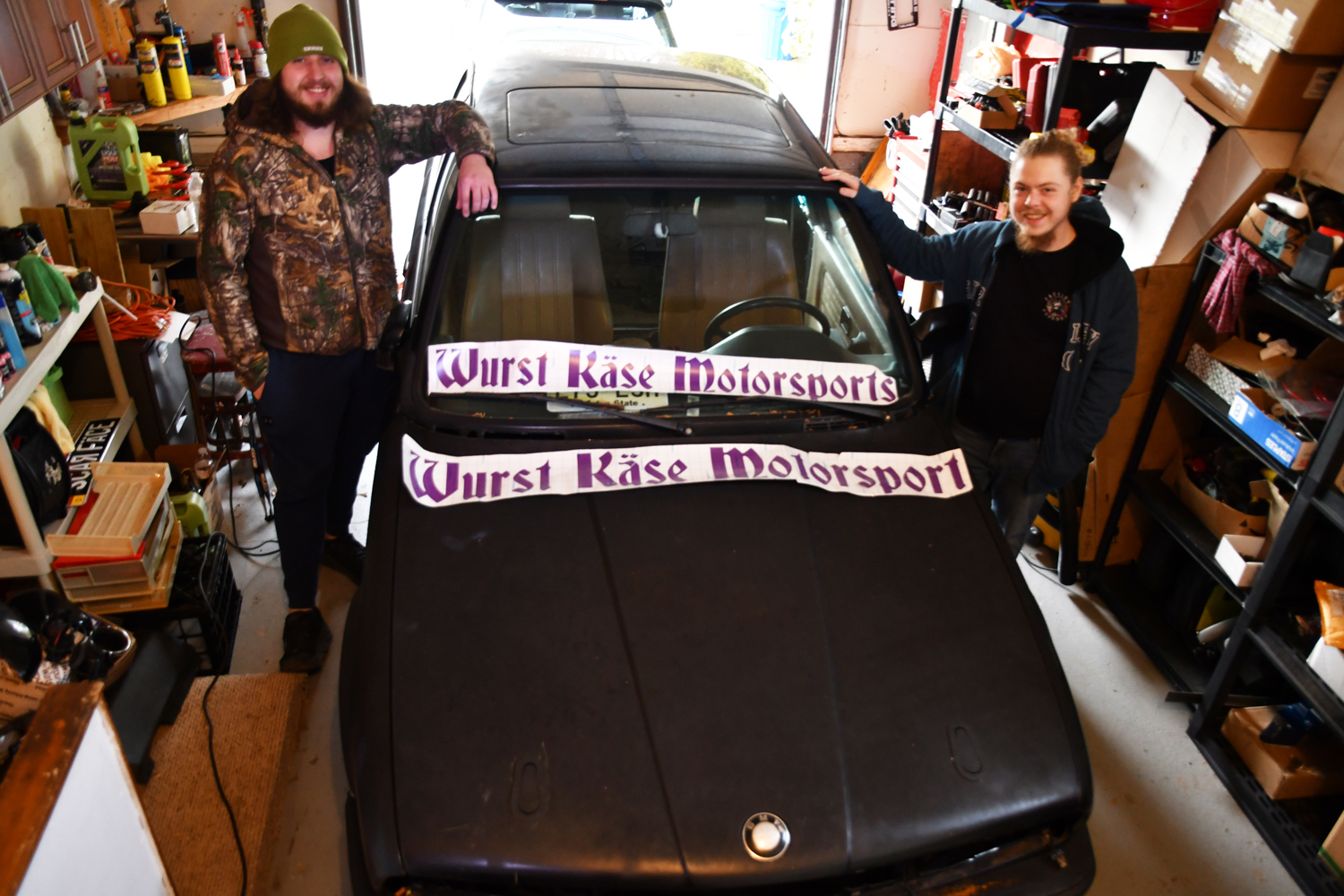
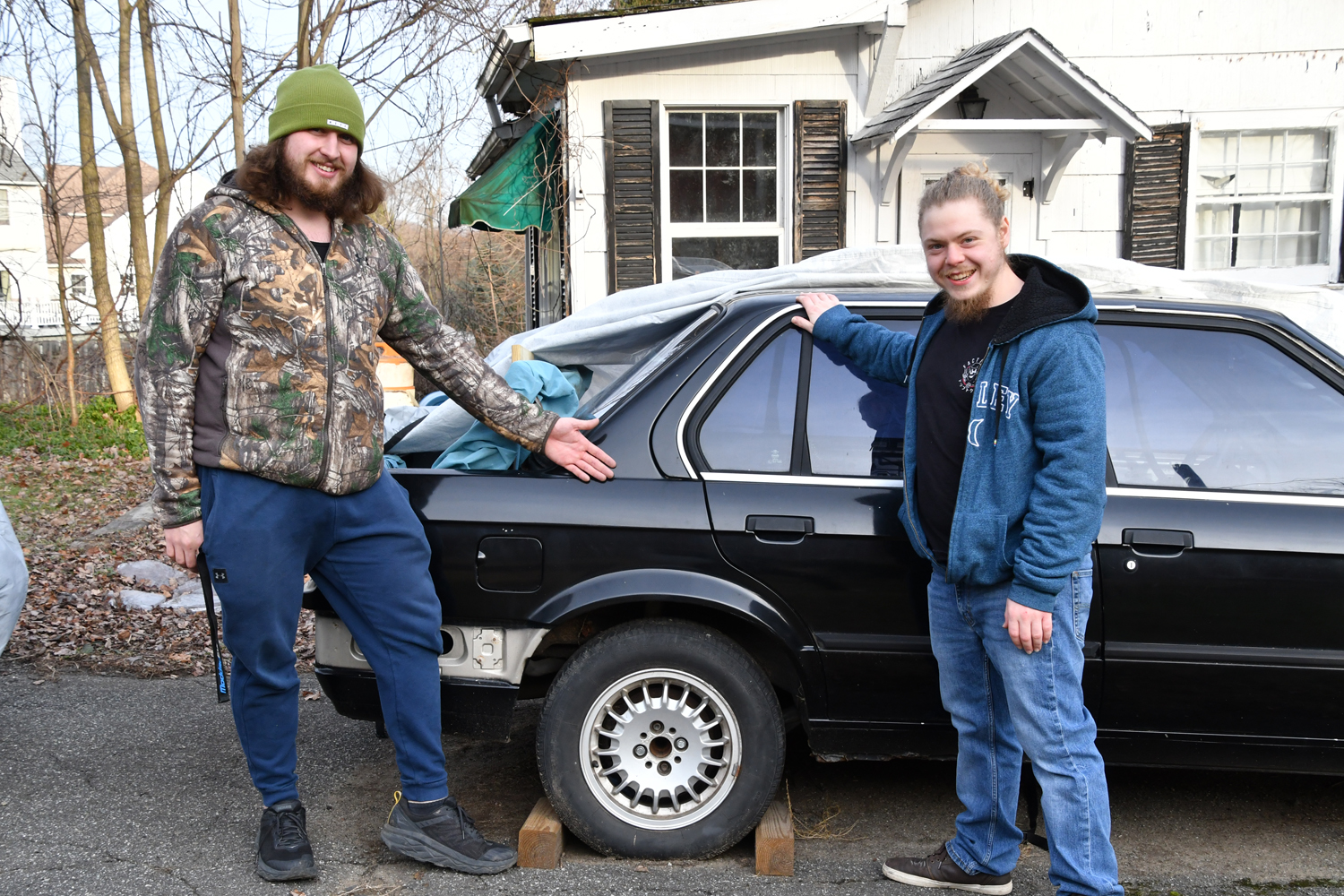
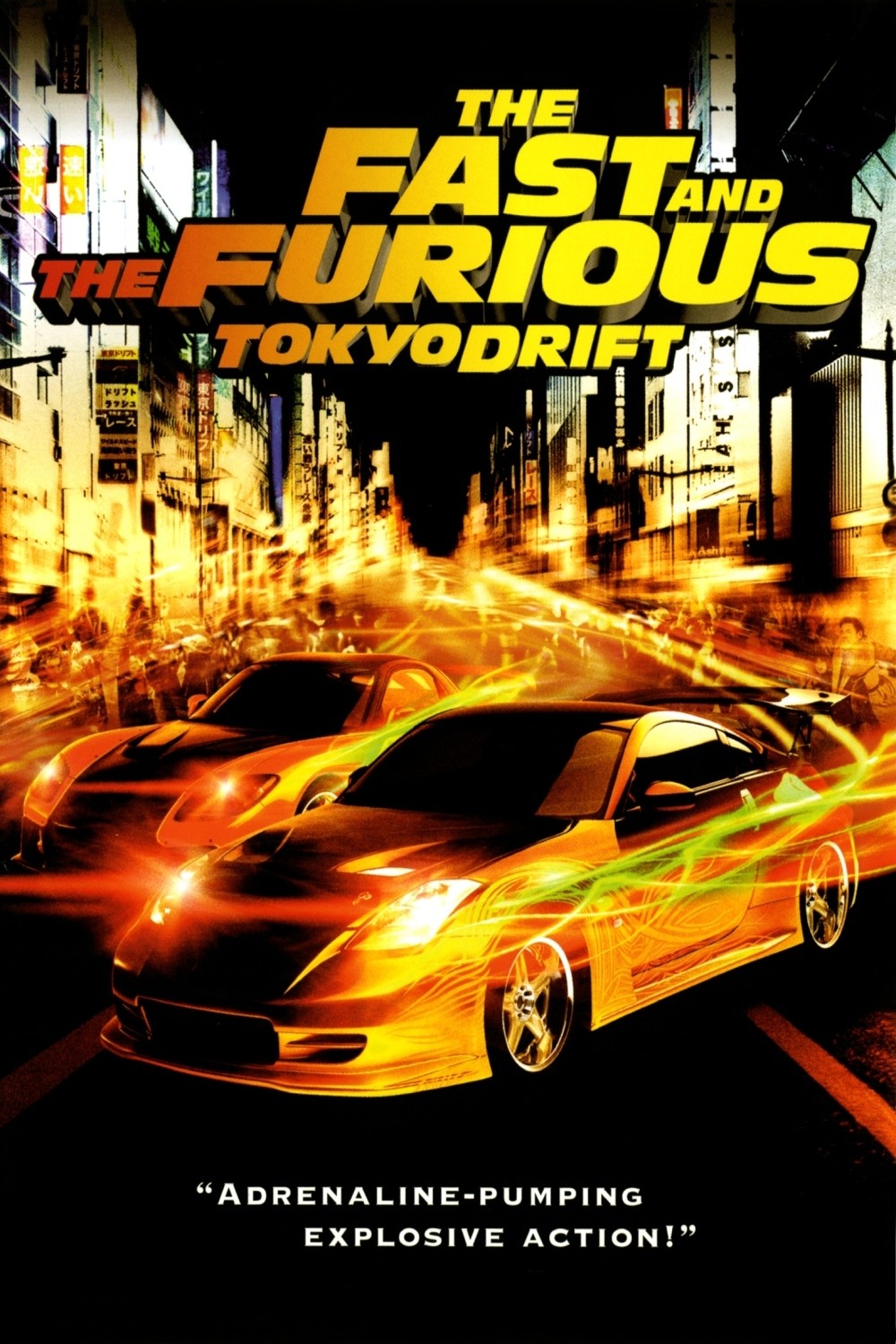
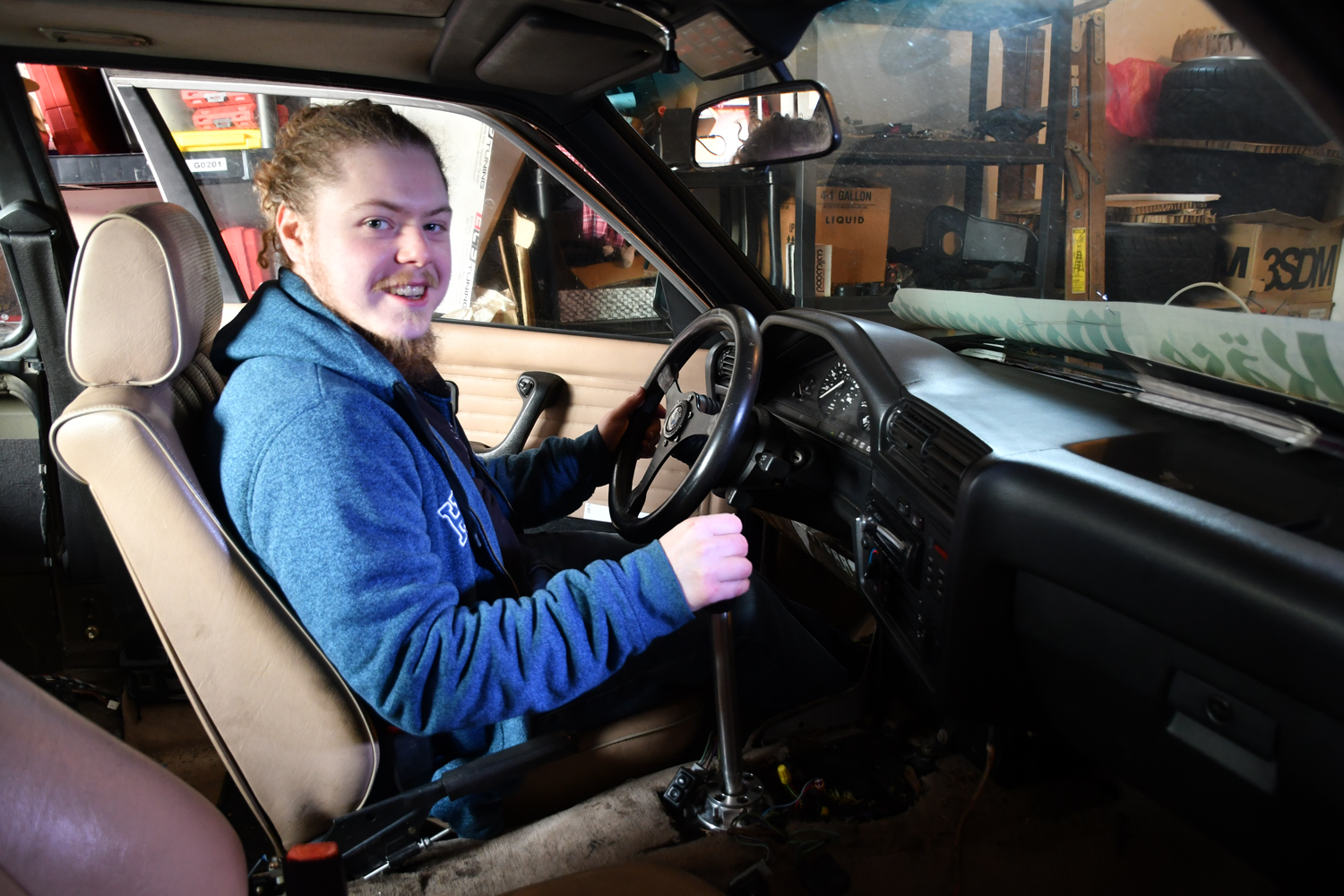

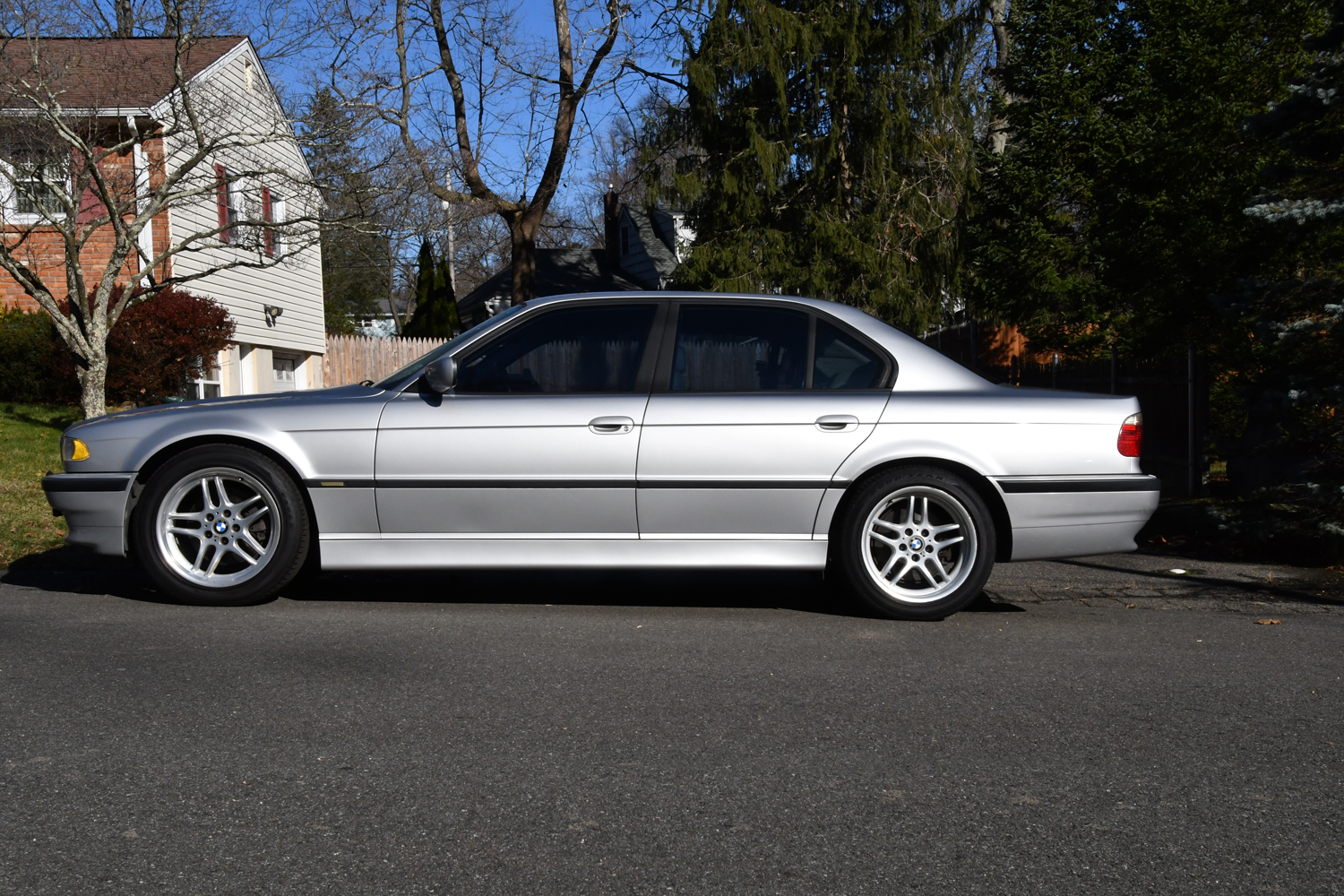

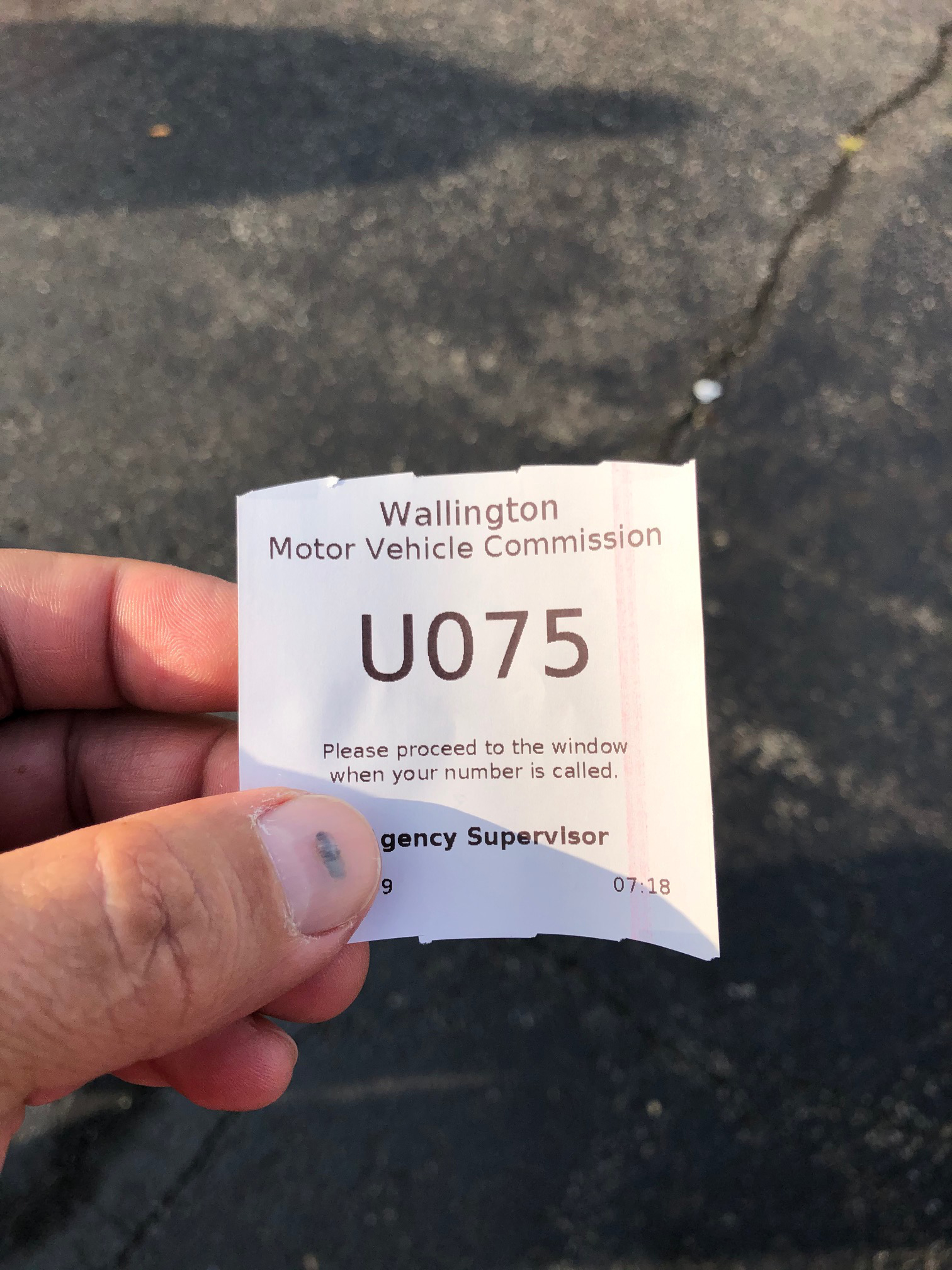 Two weeks passed. Tom’s plan had his brother drop him off by the Wallington office at around 9:30 pm the night before for what would be his fourth attempt. Arriving properly provisioned with food and blanket, he cracked the top 100. Tom’s tenacity had earned him position number 75 on the line. He described the long wait as a big party attended by people wearing masks standing 6 feet apart on a hot summer night. Tom felt confident though uncomfortable as his butt flat-spotted like an old tire as he reclined on the concrete pavement.
Two weeks passed. Tom’s plan had his brother drop him off by the Wallington office at around 9:30 pm the night before for what would be his fourth attempt. Arriving properly provisioned with food and blanket, he cracked the top 100. Tom’s tenacity had earned him position number 75 on the line. He described the long wait as a big party attended by people wearing masks standing 6 feet apart on a hot summer night. Tom felt confident though uncomfortable as his butt flat-spotted like an old tire as he reclined on the concrete pavement.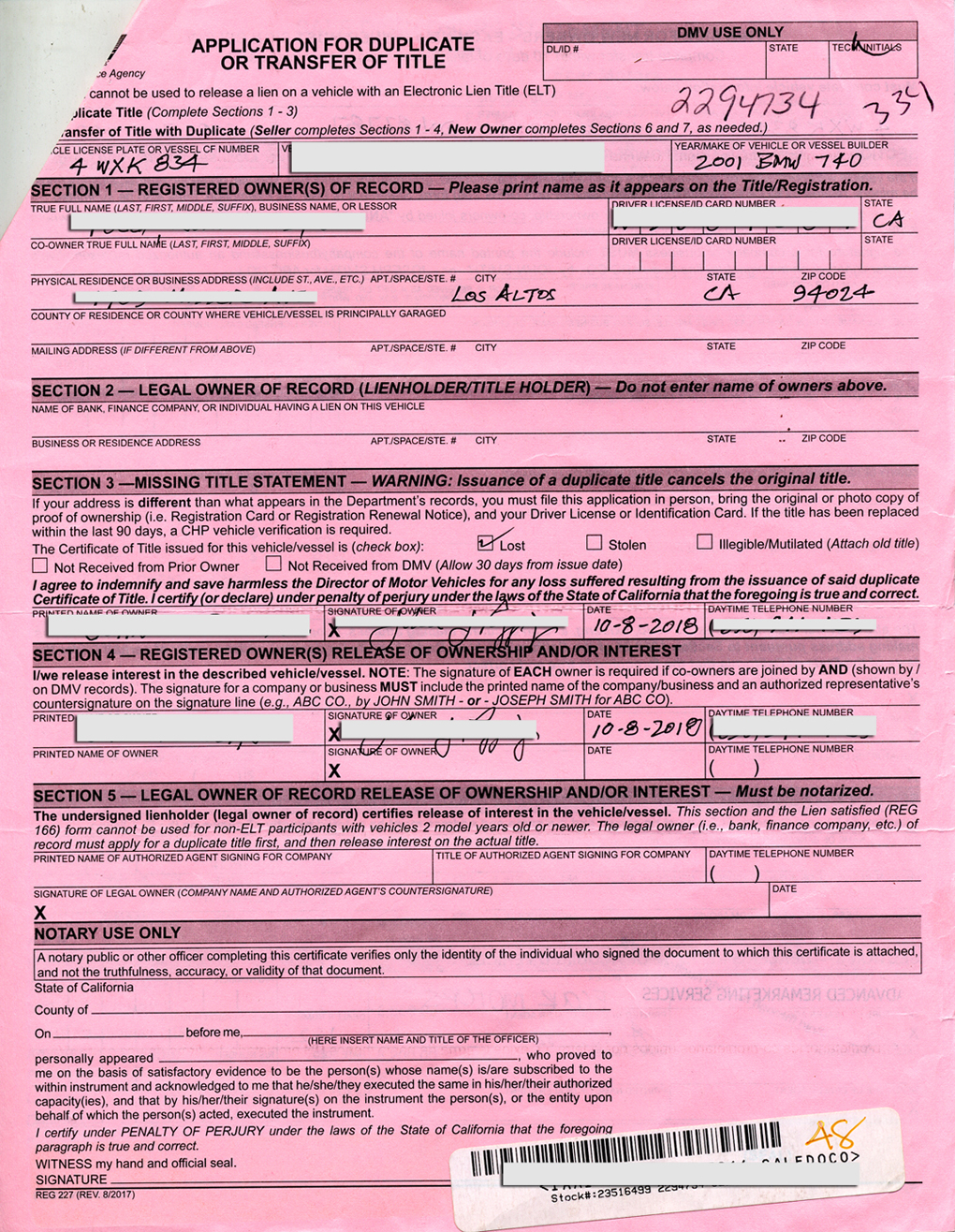 work that would require a Herculean bi-coastal effort on Tom’s part to get a title. In reviewing the paperwork Tom found that he had overlooked a tiny box that indicated “Missing Title.” The box contained a check mark. Getting a title would require waiting on line at the California DMV. All of a sudden the west coast seller seemed strangely unavailable. Tom wanted the car. He resigned himself to taking on the task of getting a clean New Jersey title.
work that would require a Herculean bi-coastal effort on Tom’s part to get a title. In reviewing the paperwork Tom found that he had overlooked a tiny box that indicated “Missing Title.” The box contained a check mark. Getting a title would require waiting on line at the California DMV. All of a sudden the west coast seller seemed strangely unavailable. Tom wanted the car. He resigned himself to taking on the task of getting a clean New Jersey title.
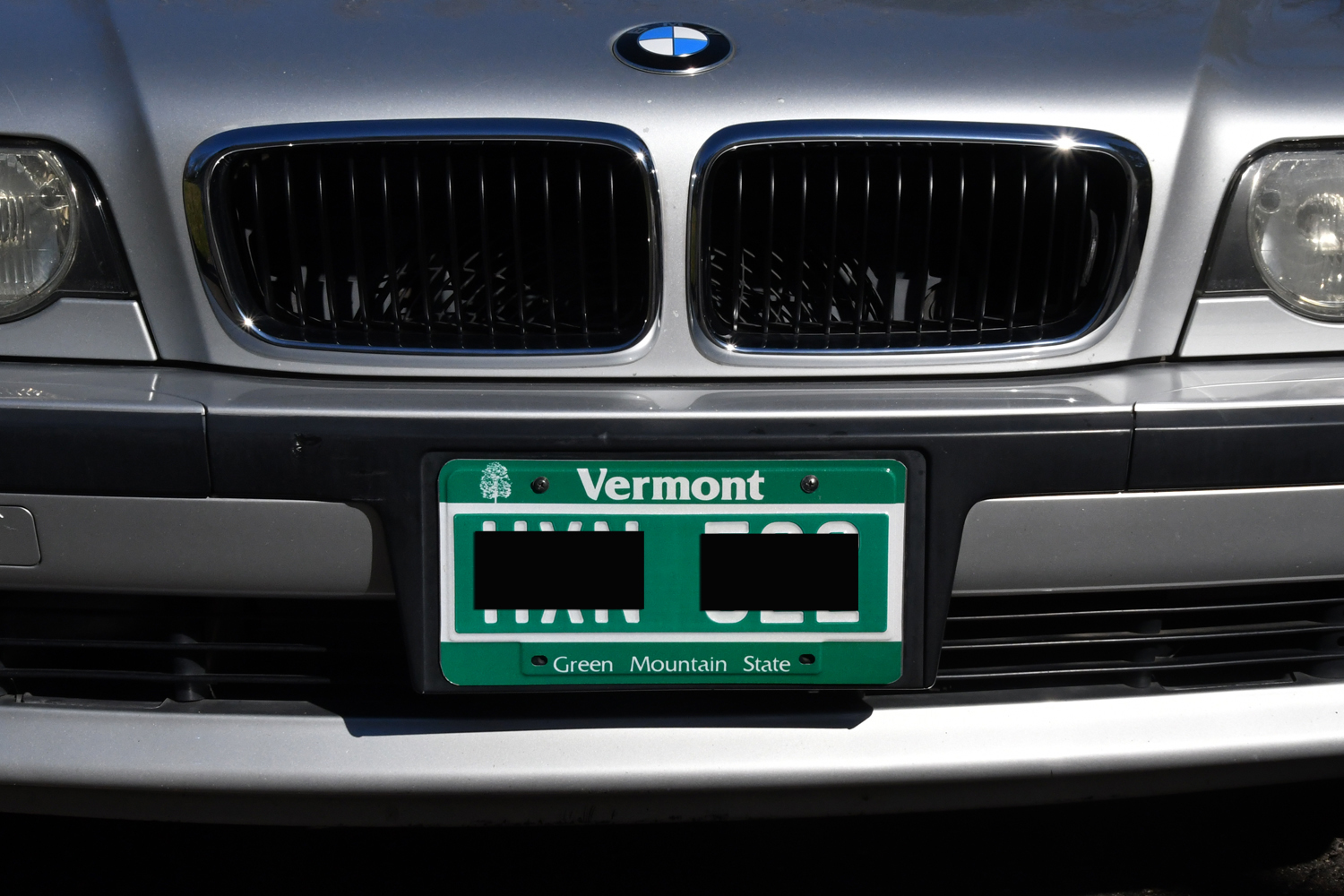
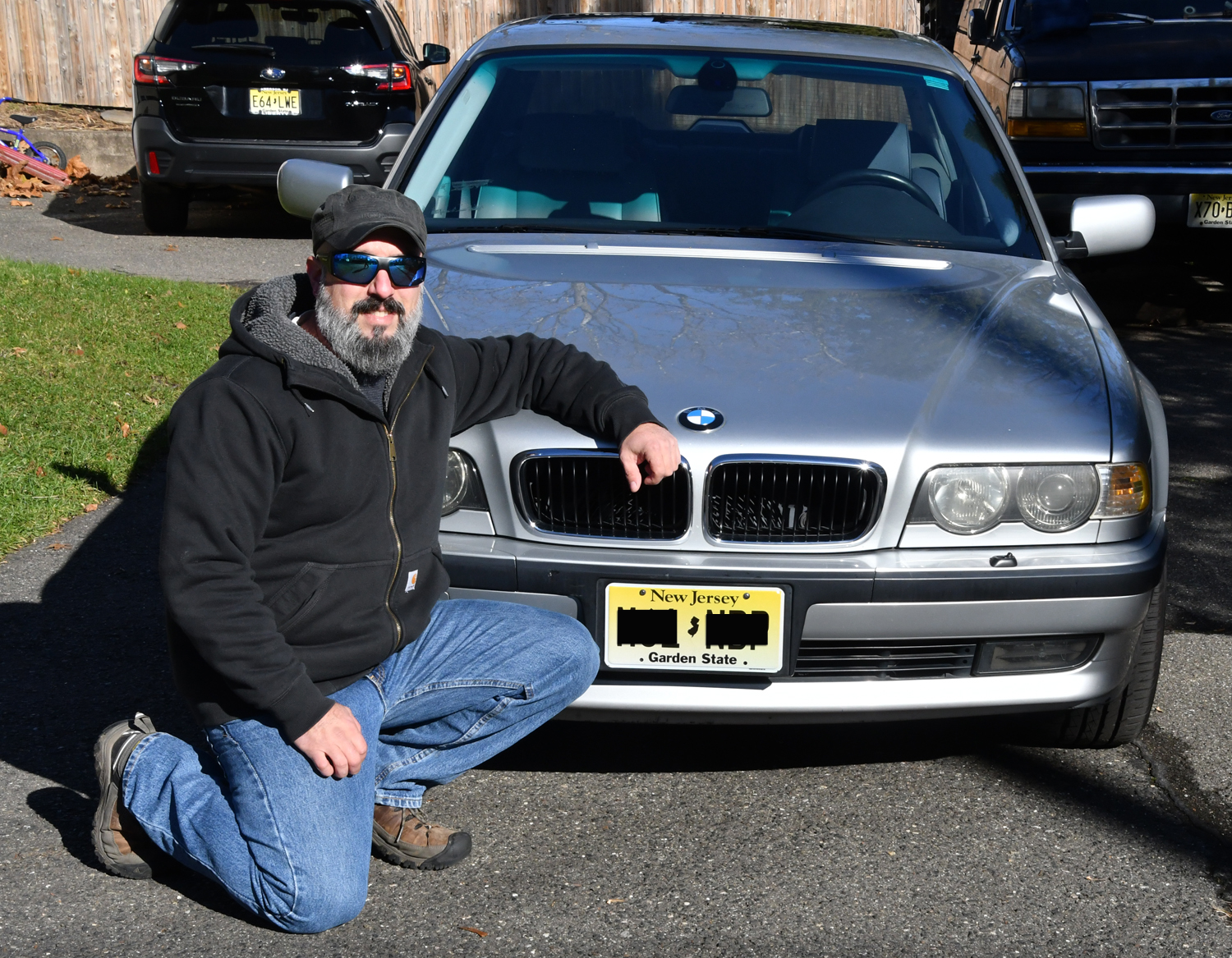
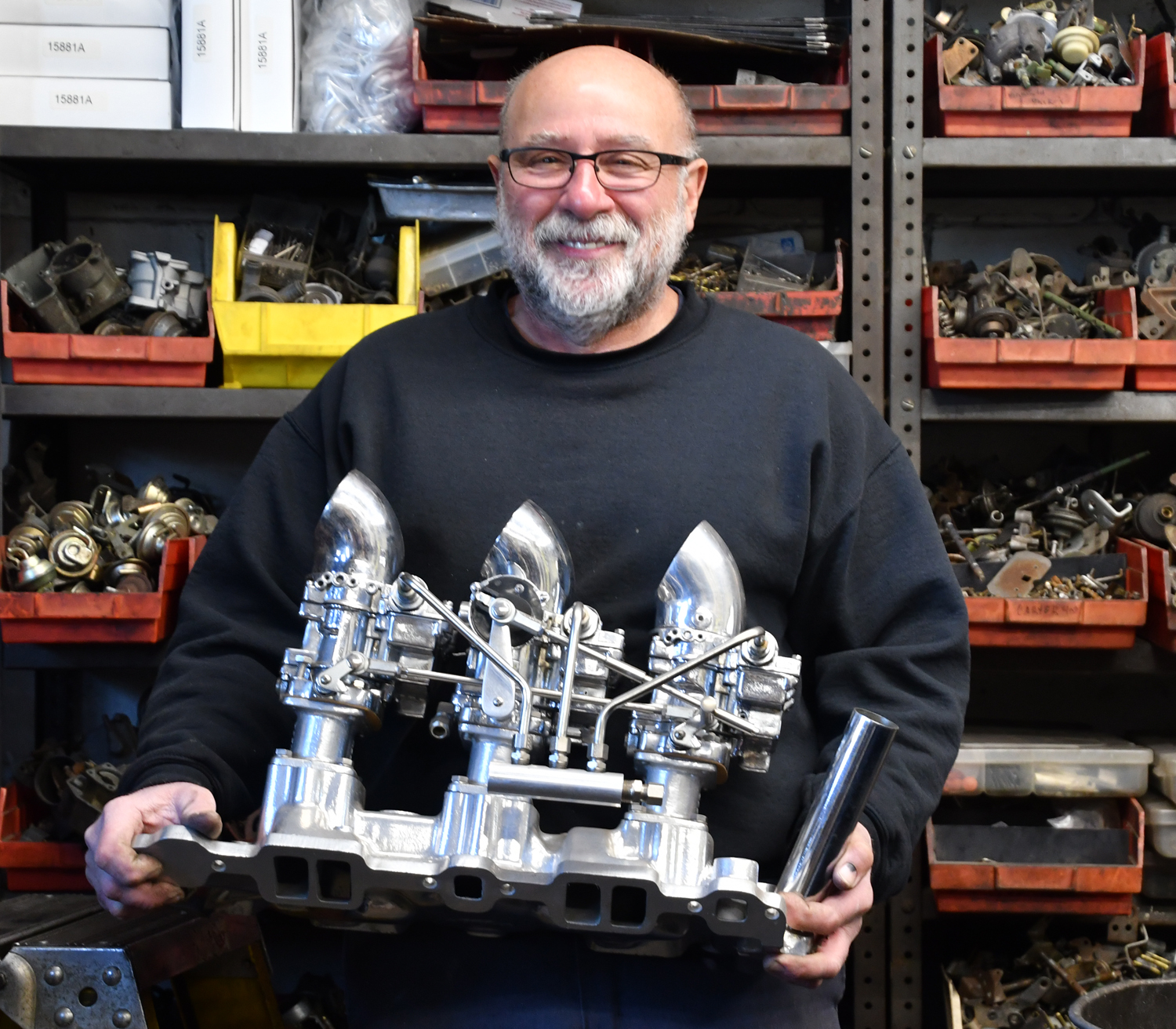

 , “When I started, my business was purely wholesale supplying gas stations. I had three guys and a driver working here. I used to do a lot of Hondas, Toyotas and Nissans but that’s all gone. Now it’s shrunk down to where it’s just me and a part-time guy.” However, for Steve the enormous community of vintage car enthusiasts in New Jersey and across the nation keeps him busy. Steve says, “Almost all of those vintage cars have carburetors which need service every couple of years. I am doing carburetors over now that I did ten or fifteen years ago.”
, “When I started, my business was purely wholesale supplying gas stations. I had three guys and a driver working here. I used to do a lot of Hondas, Toyotas and Nissans but that’s all gone. Now it’s shrunk down to where it’s just me and a part-time guy.” However, for Steve the enormous community of vintage car enthusiasts in New Jersey and across the nation keeps him busy. Steve says, “Almost all of those vintage cars have carburetors which need service every couple of years. I am doing carburetors over now that I did ten or fifteen years ago.”
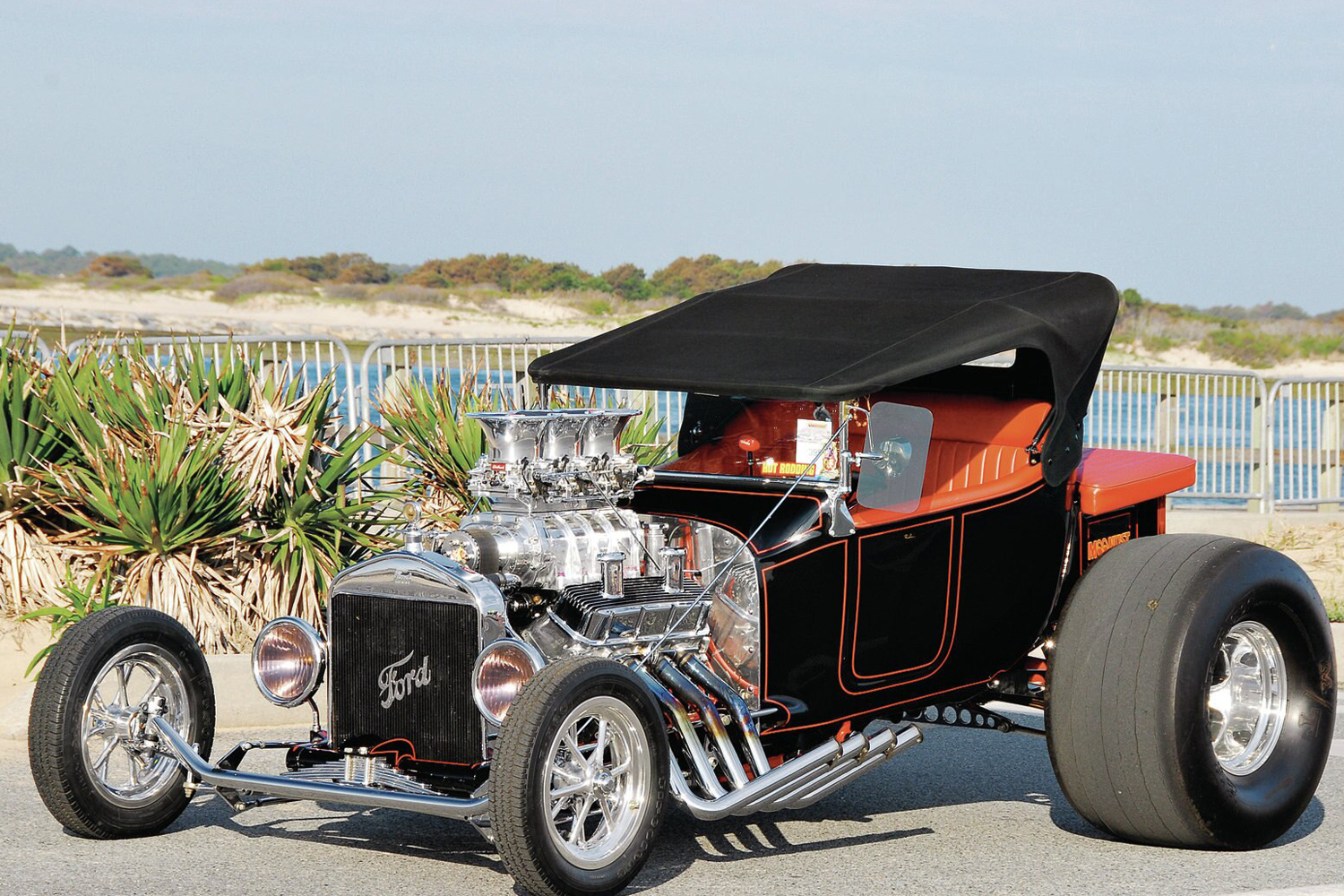
 In looking back Steve says, “I’d make all these little pieces on the lathe and Bridgeport. They’re all stainless. I polished the heads of all the bolts and they’re all stainless. The process proved enormously time consuming. I wound up losing money. I had to stop.”
In looking back Steve says, “I’d make all these little pieces on the lathe and Bridgeport. They’re all stainless. I polished the heads of all the bolts and they’re all stainless. The process proved enormously time consuming. I wound up losing money. I had to stop.”